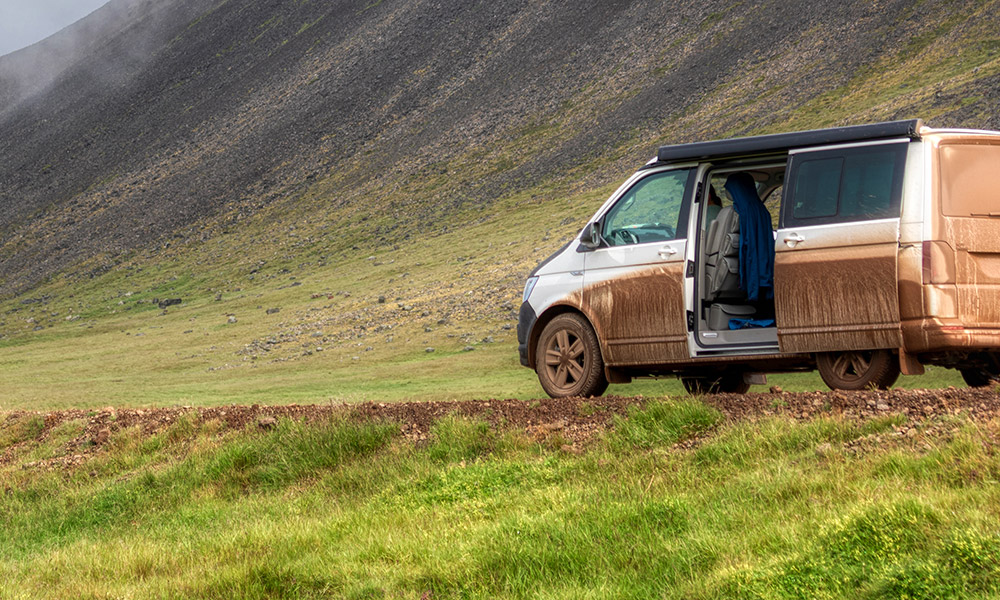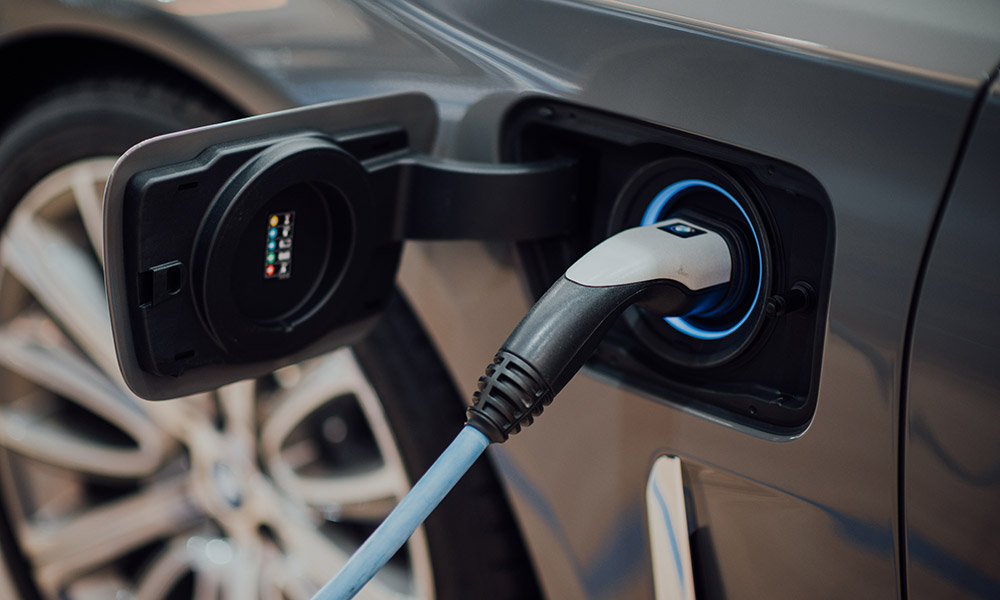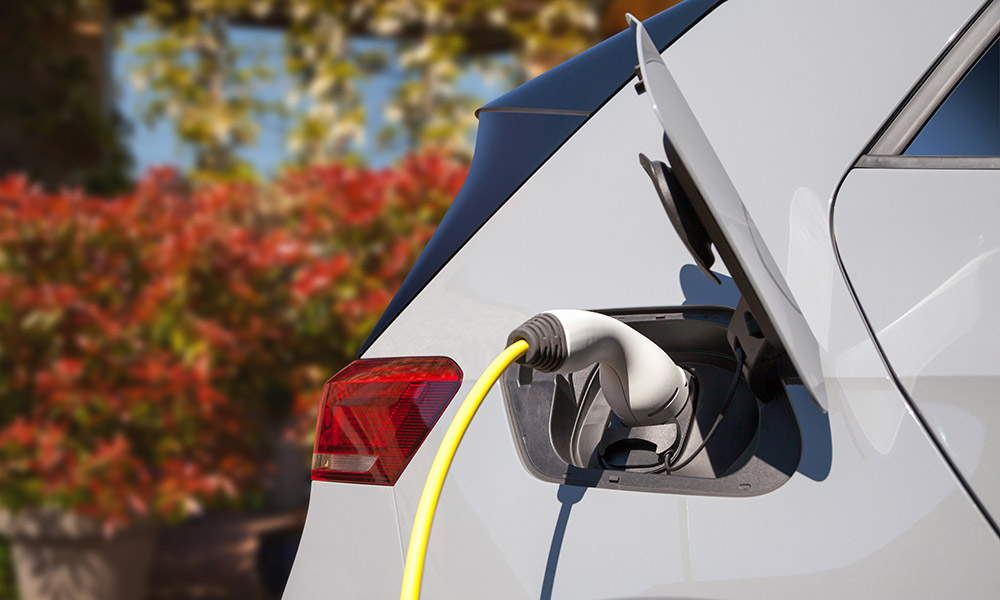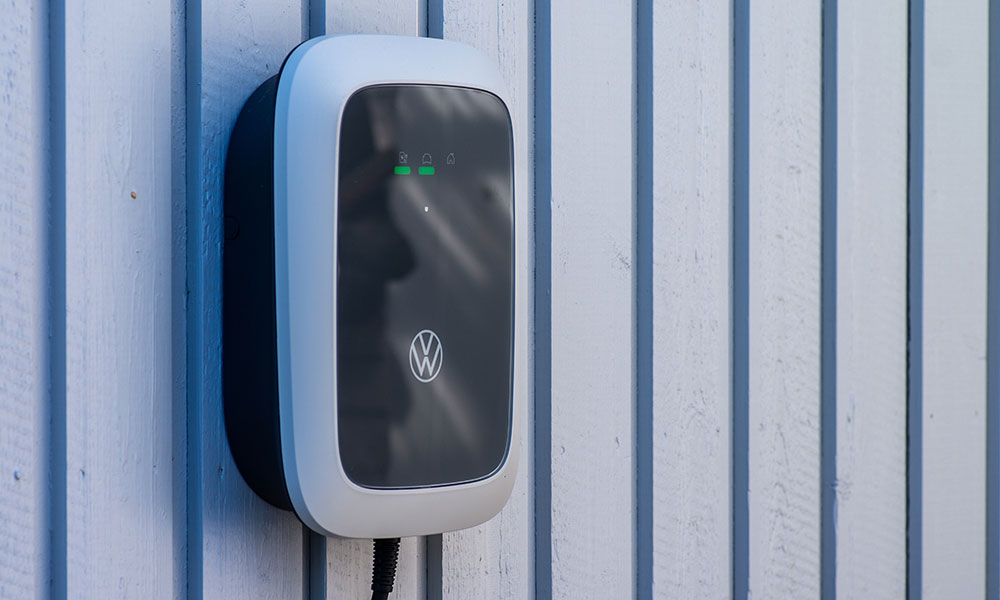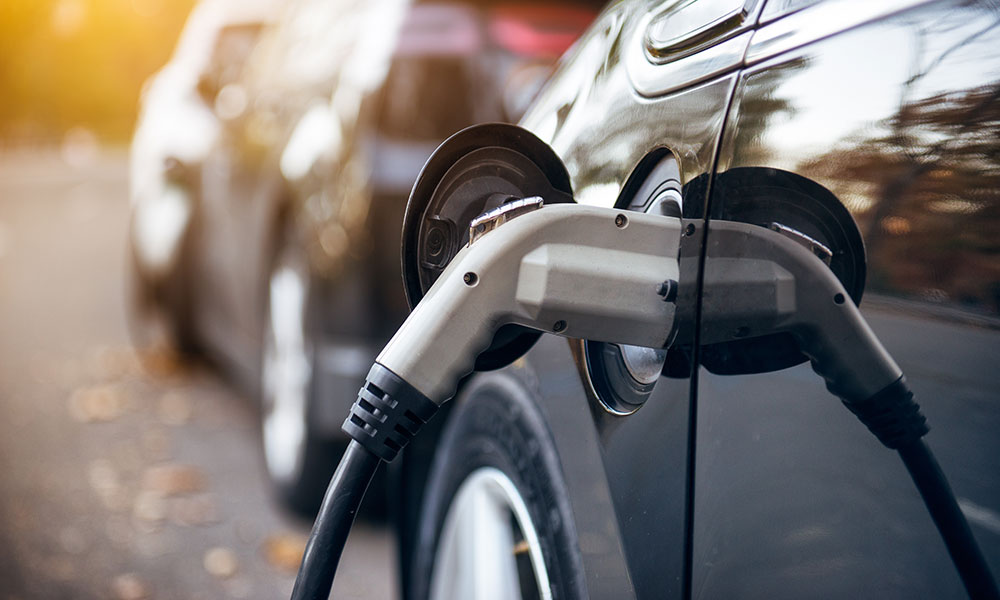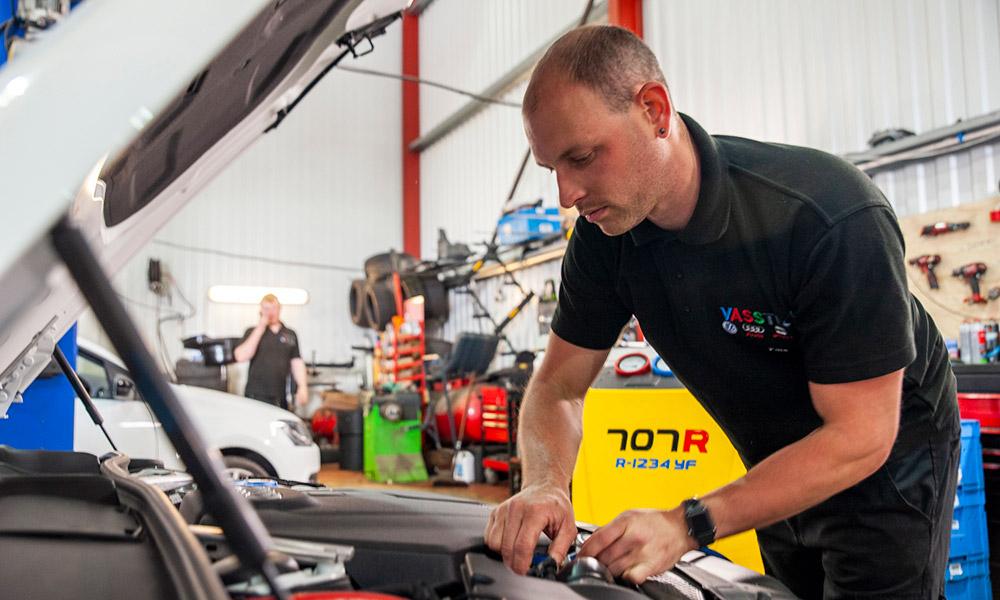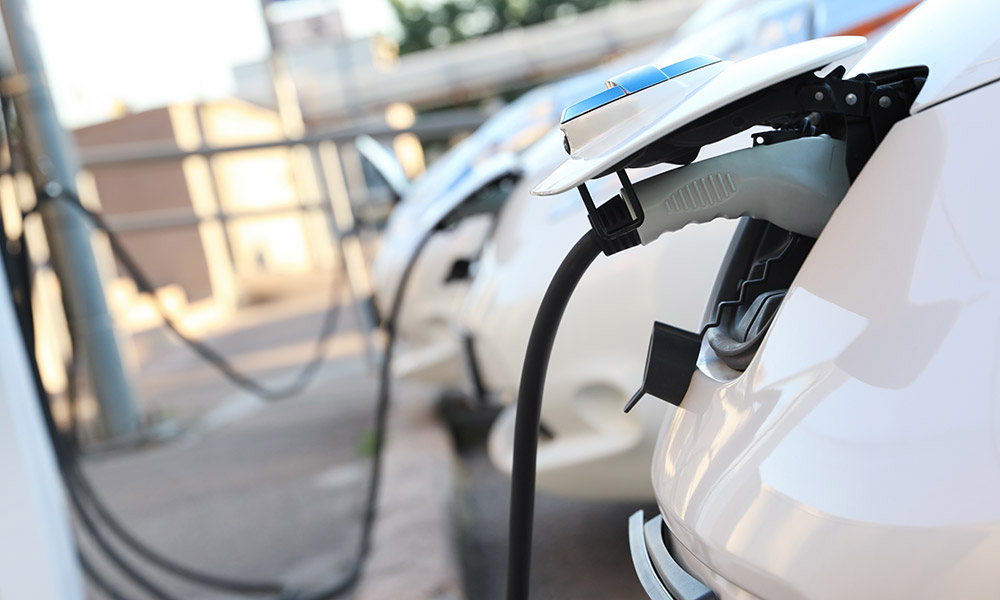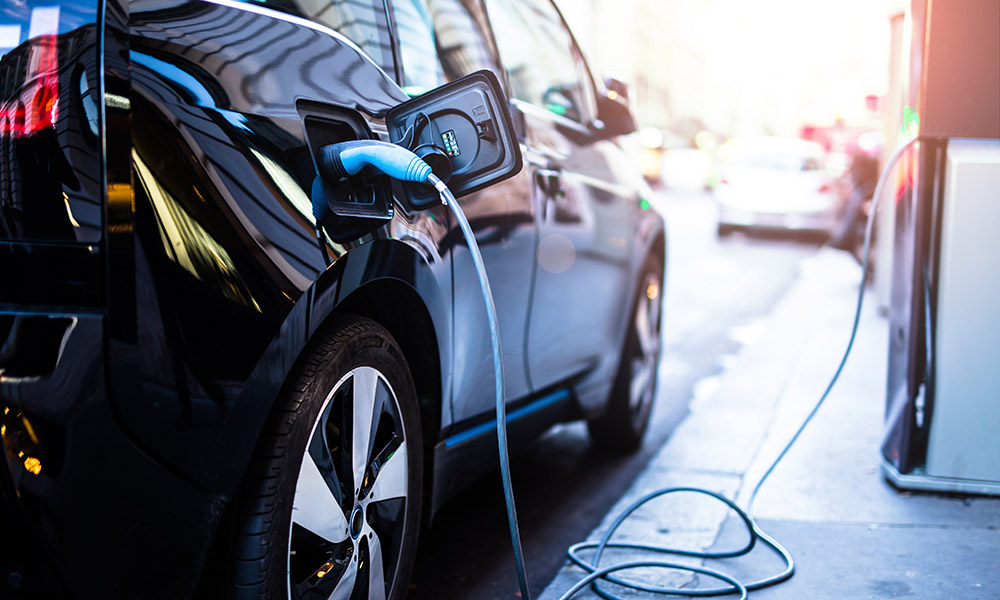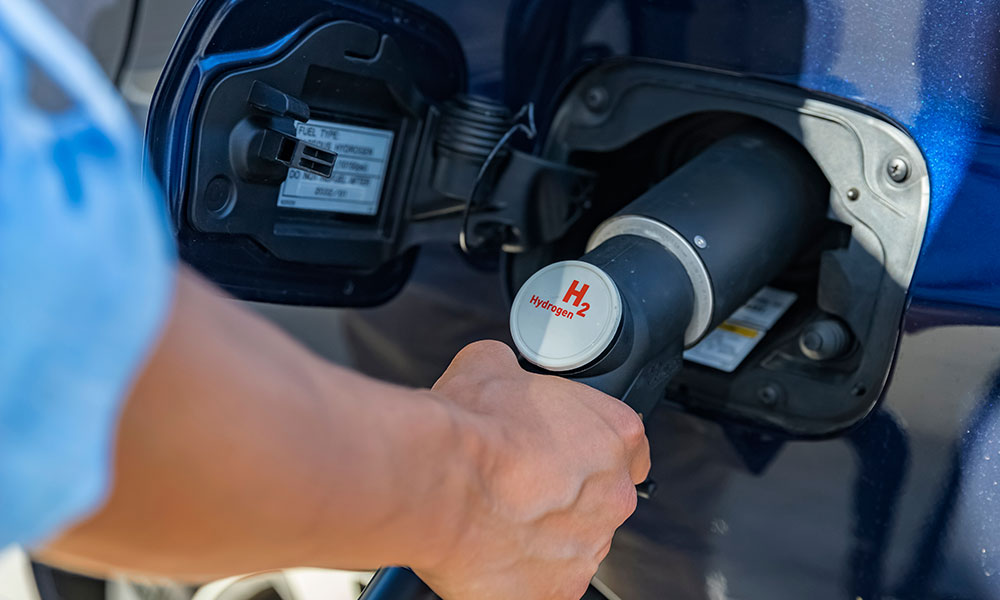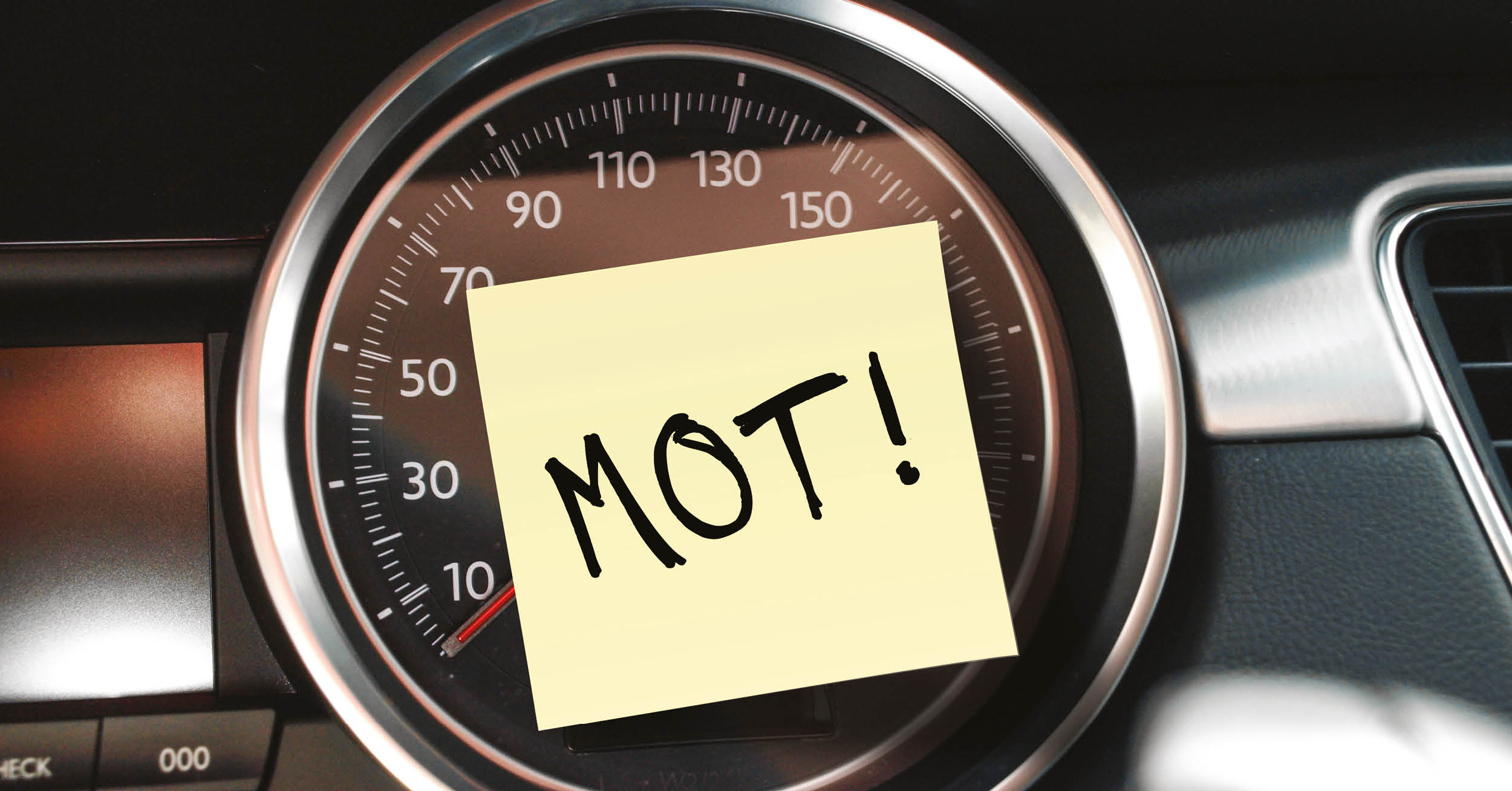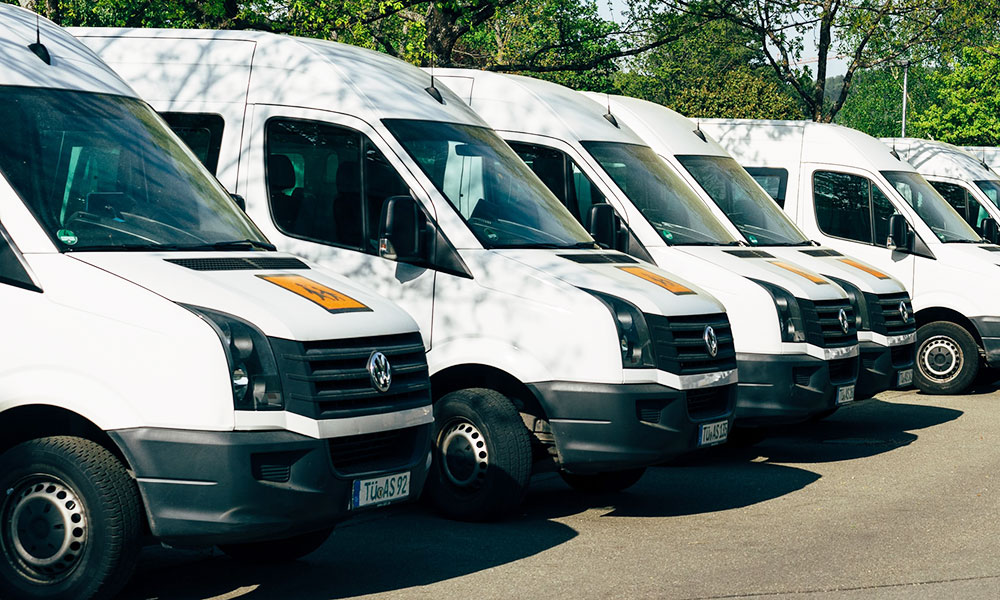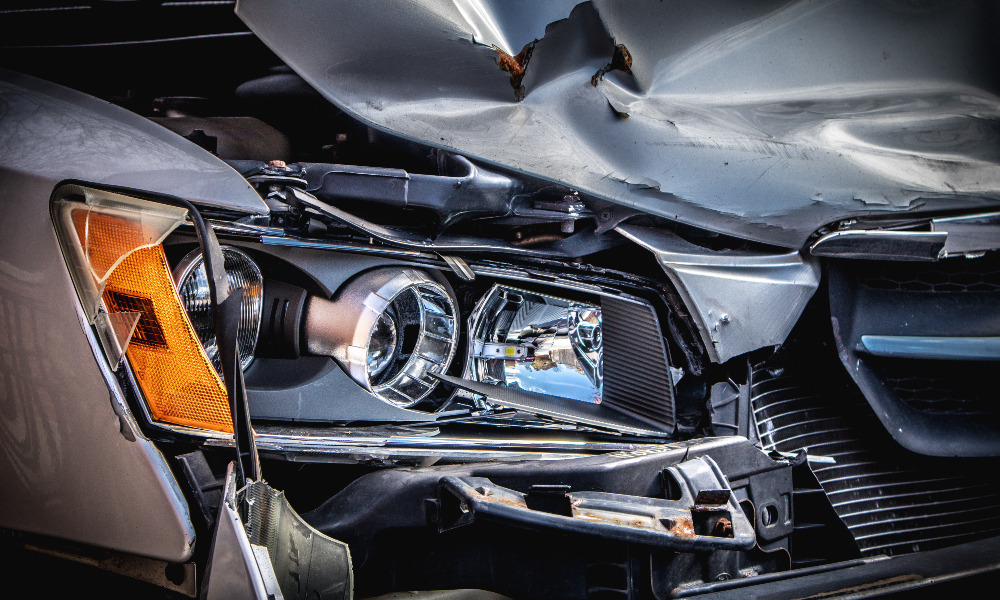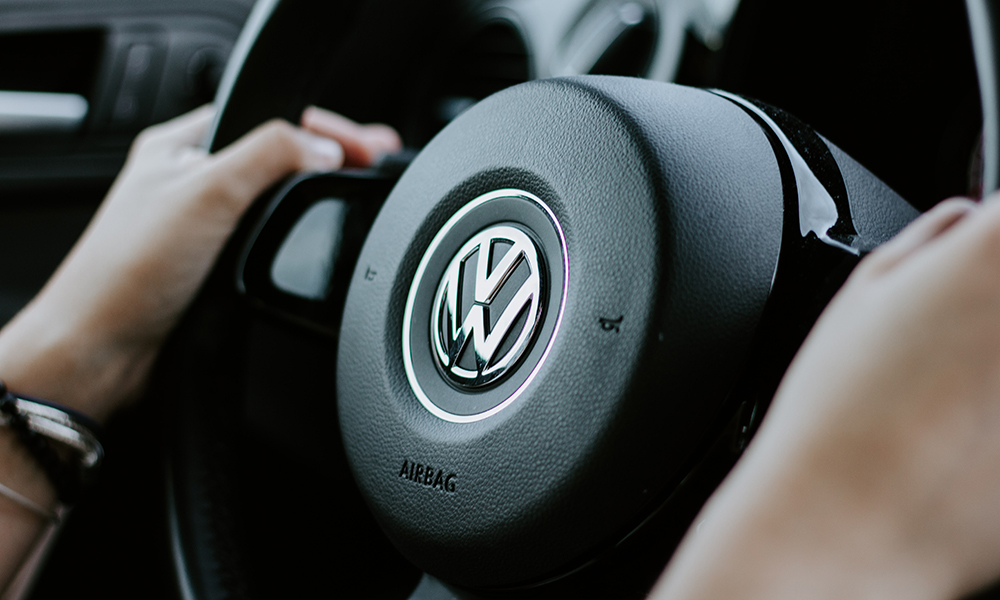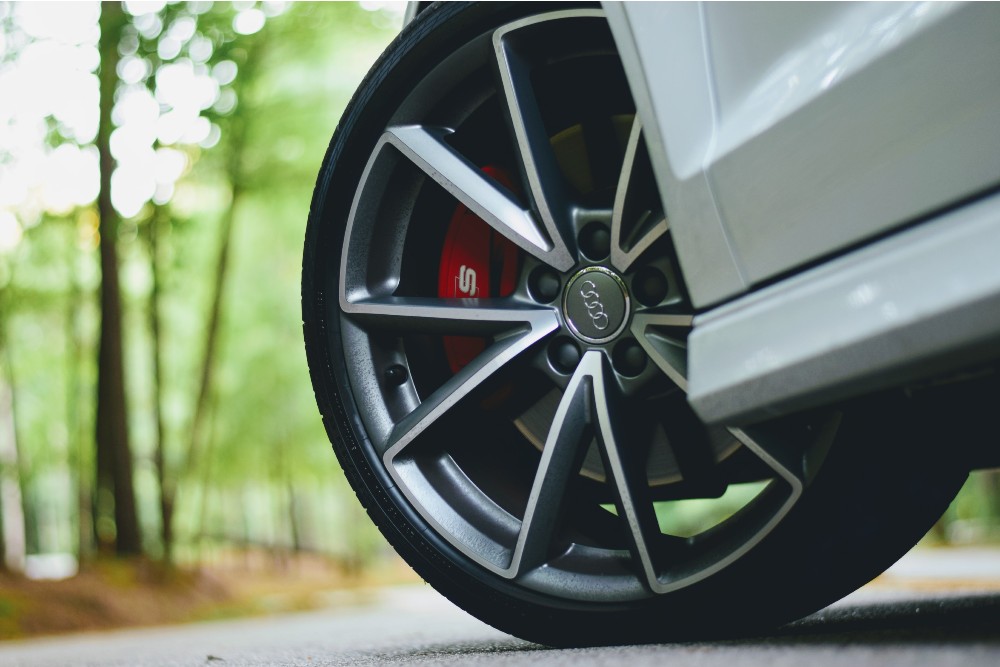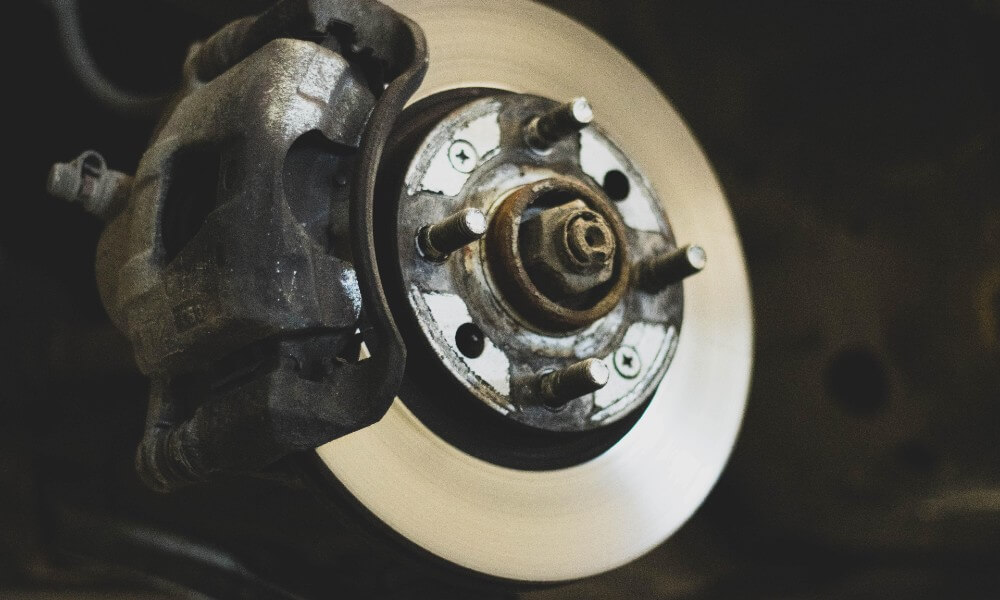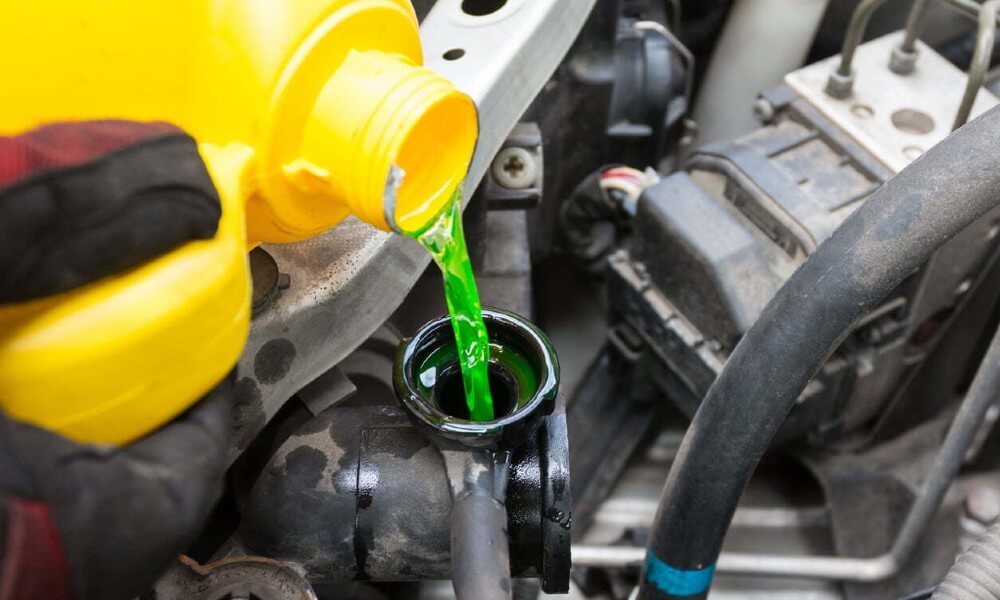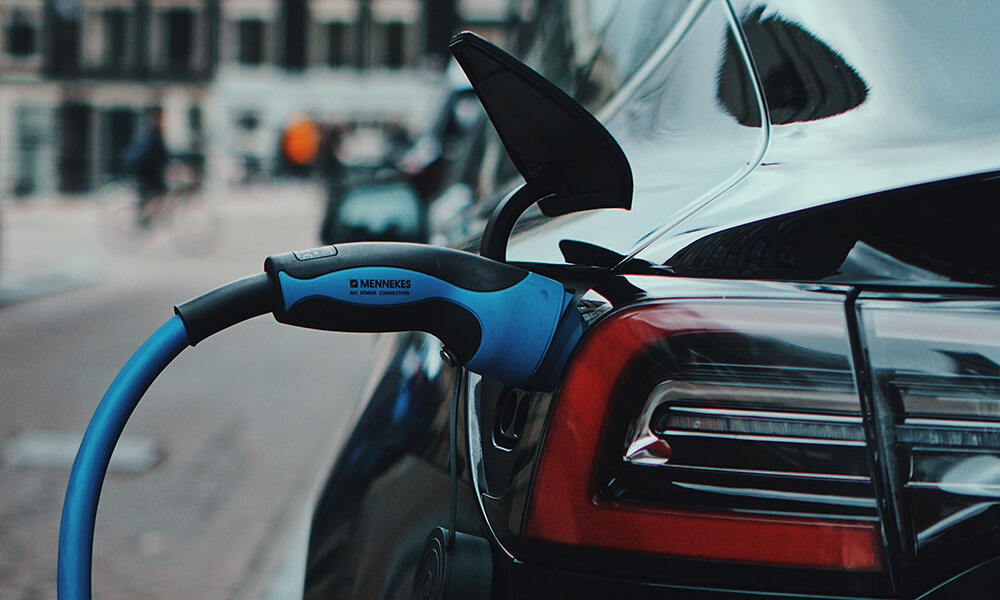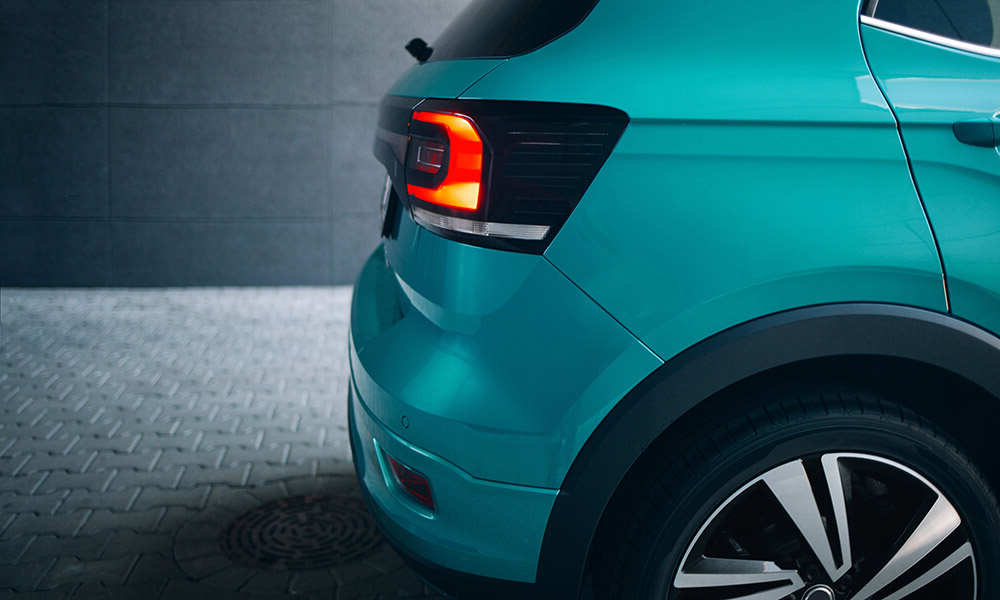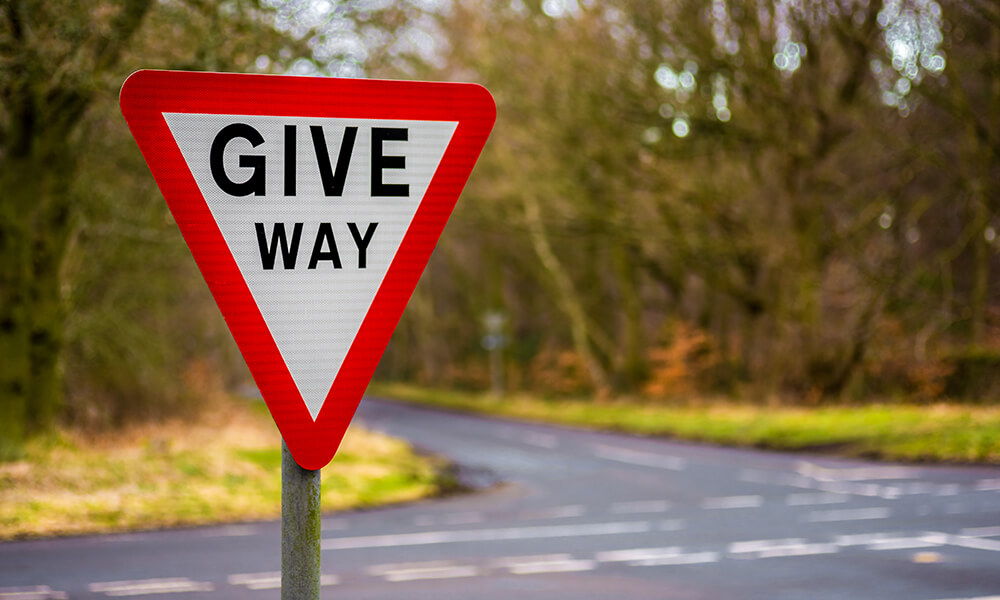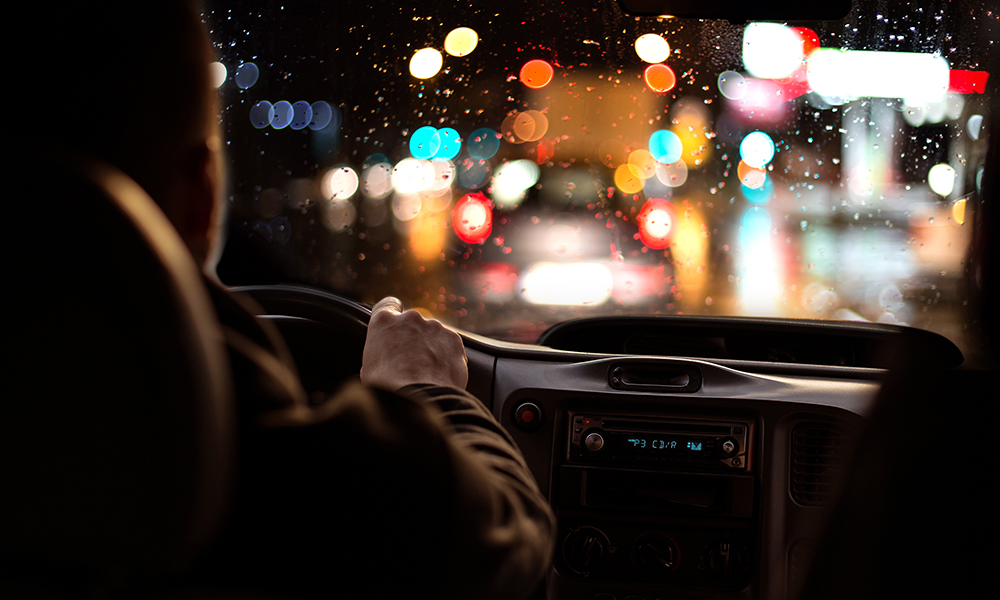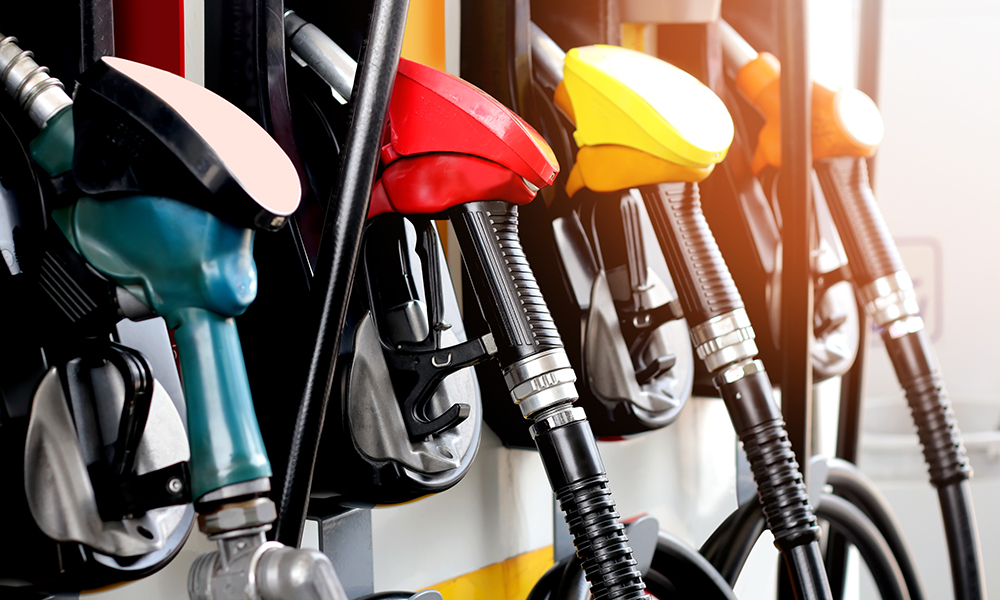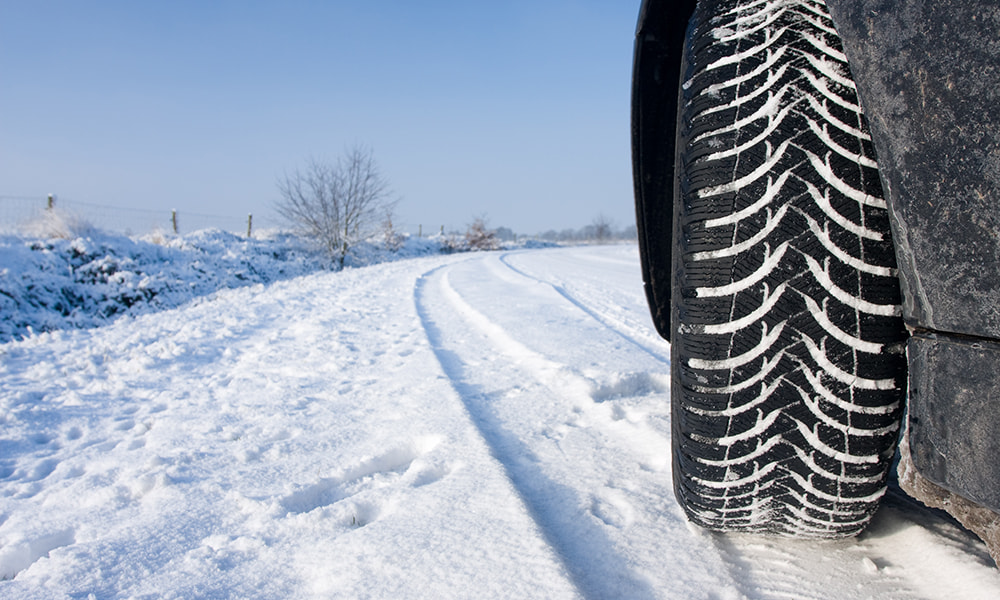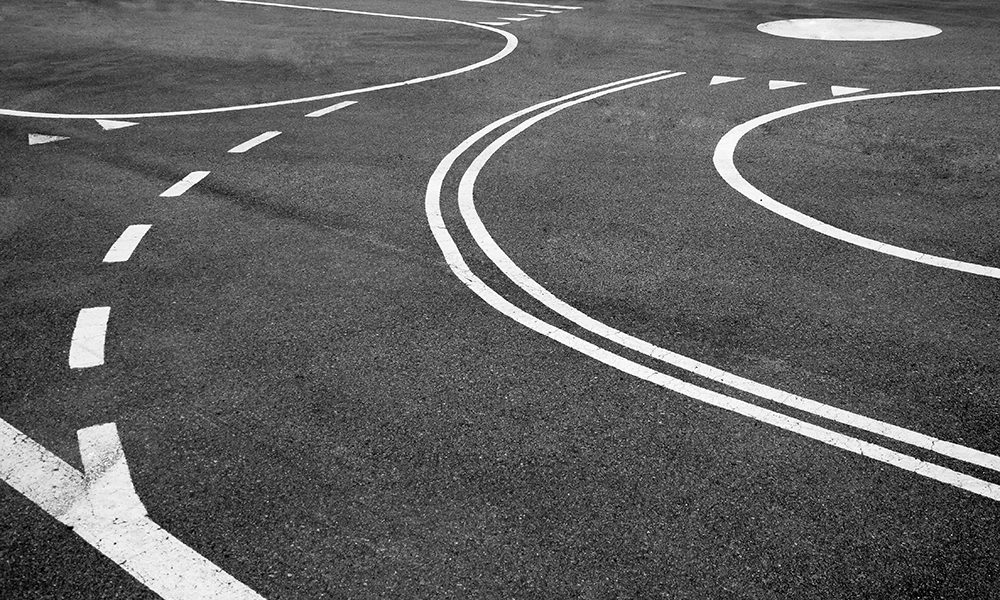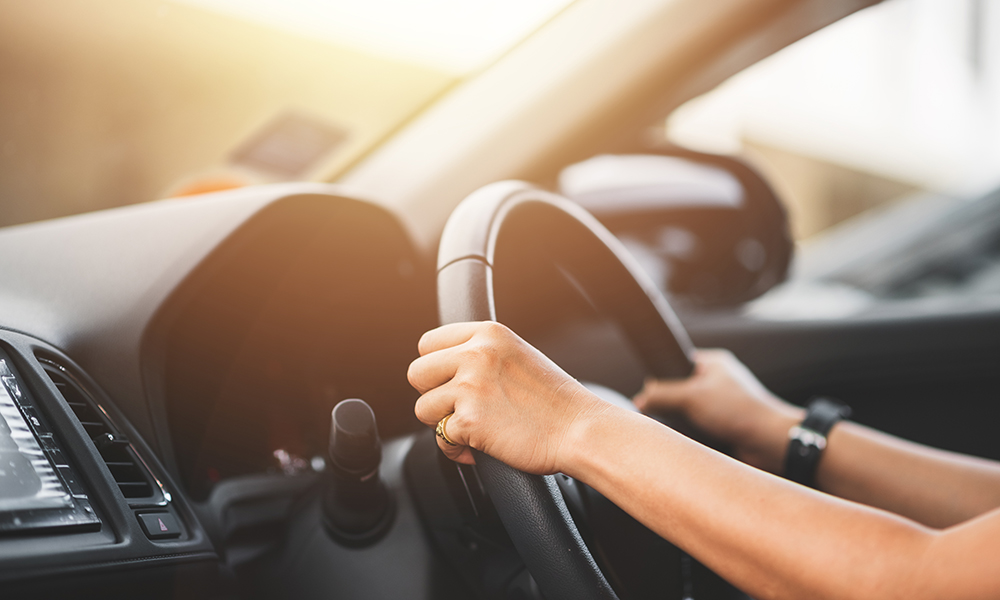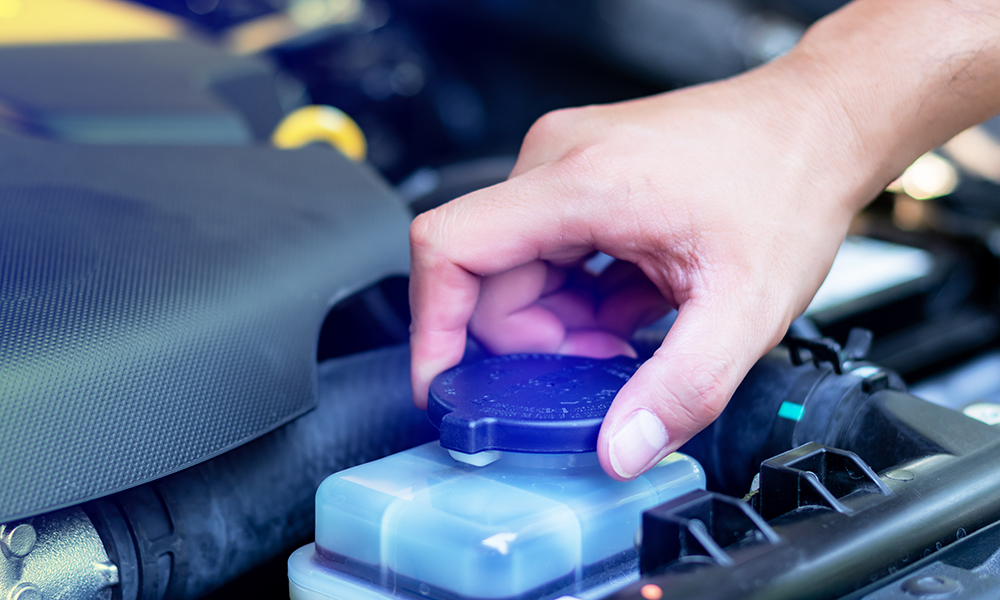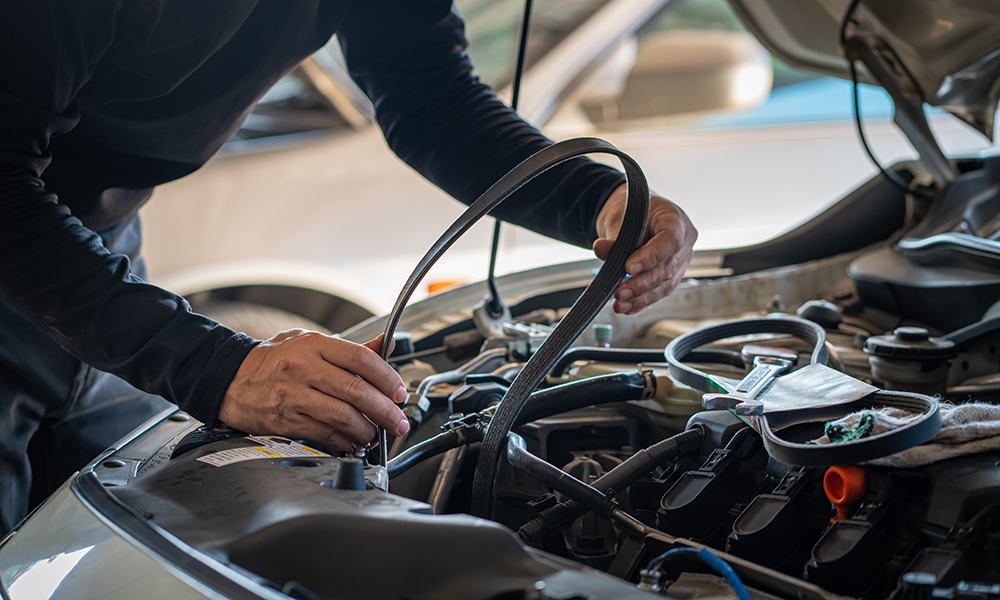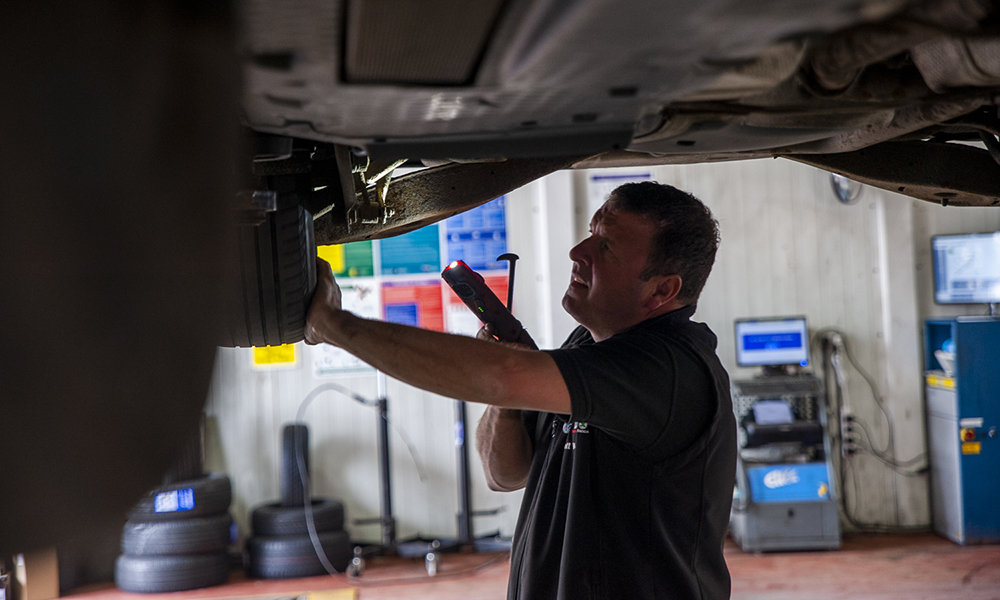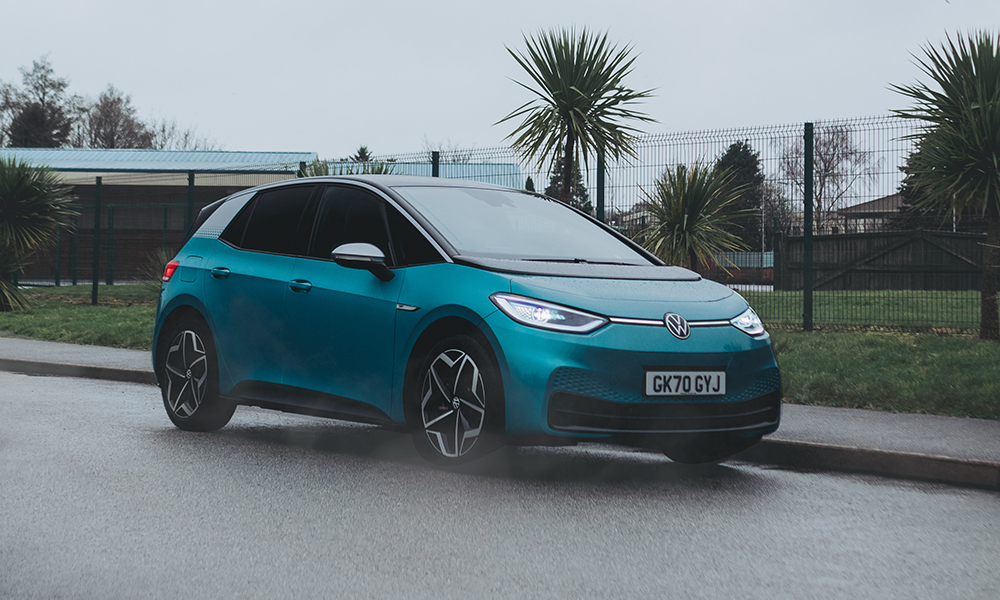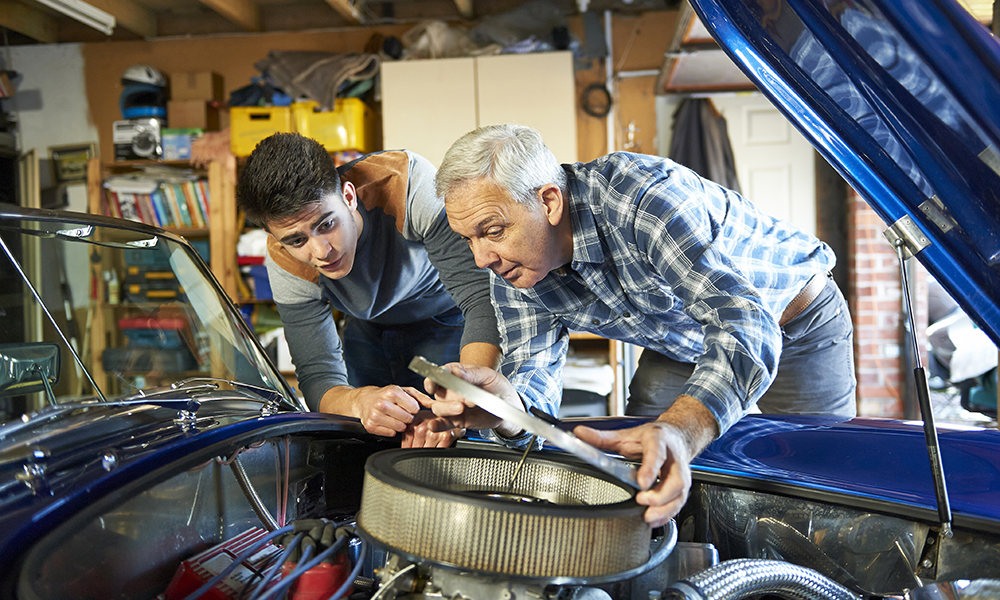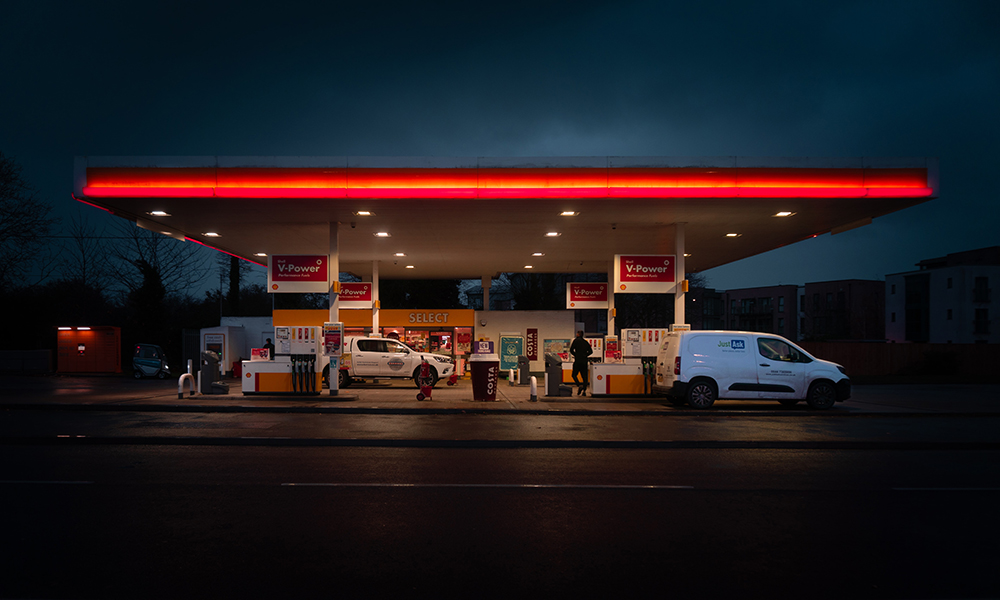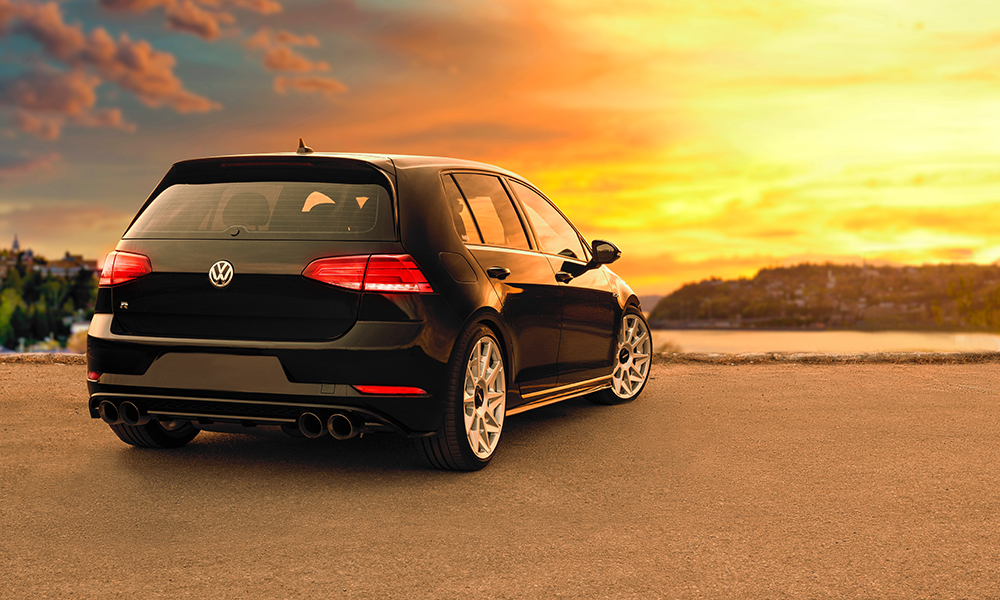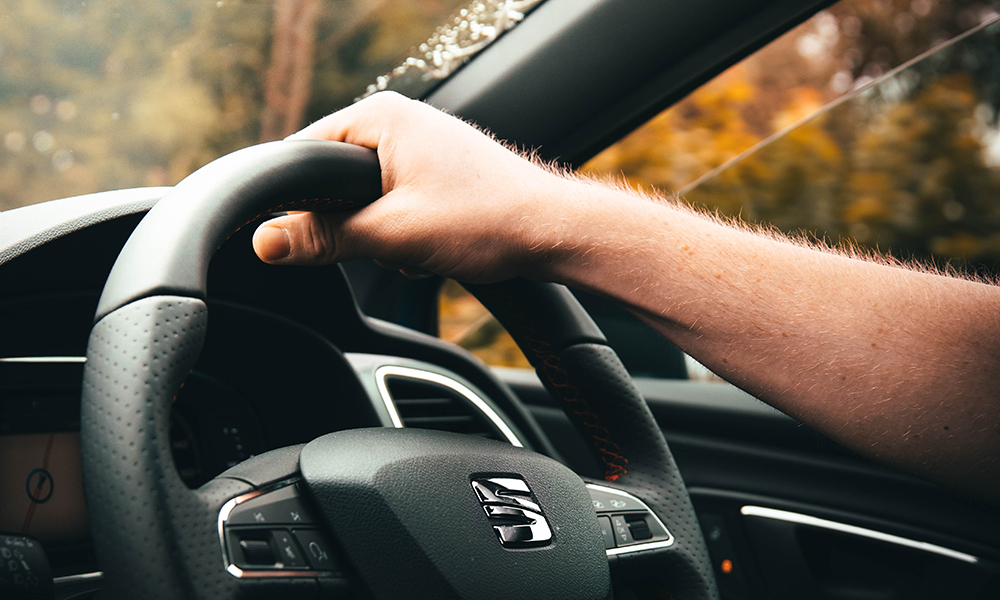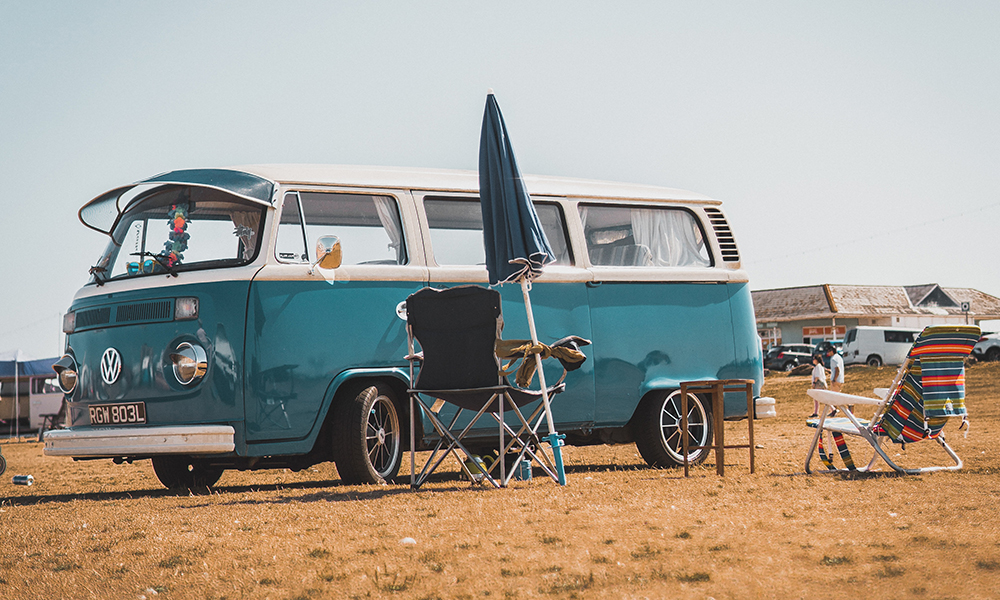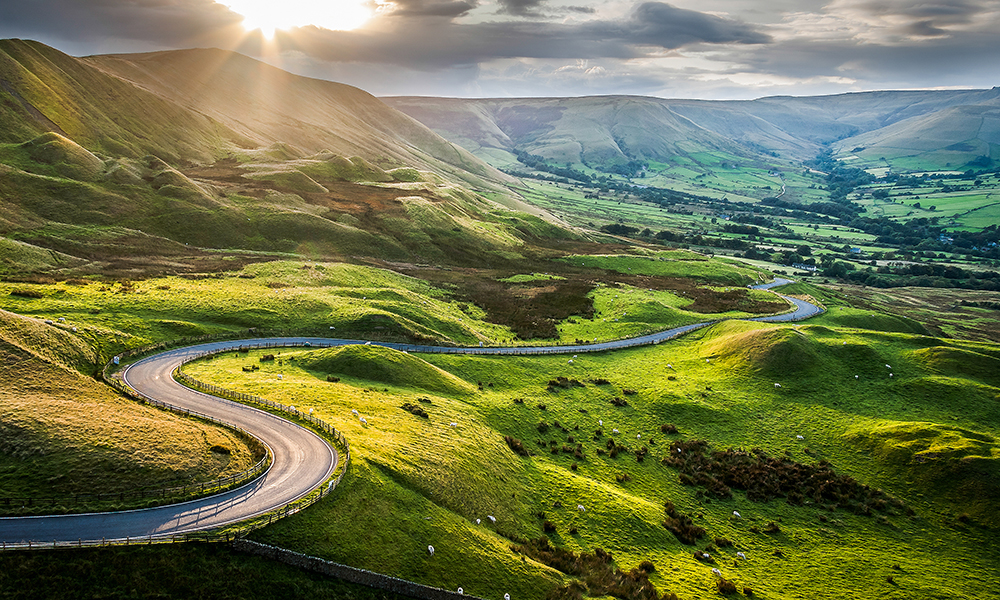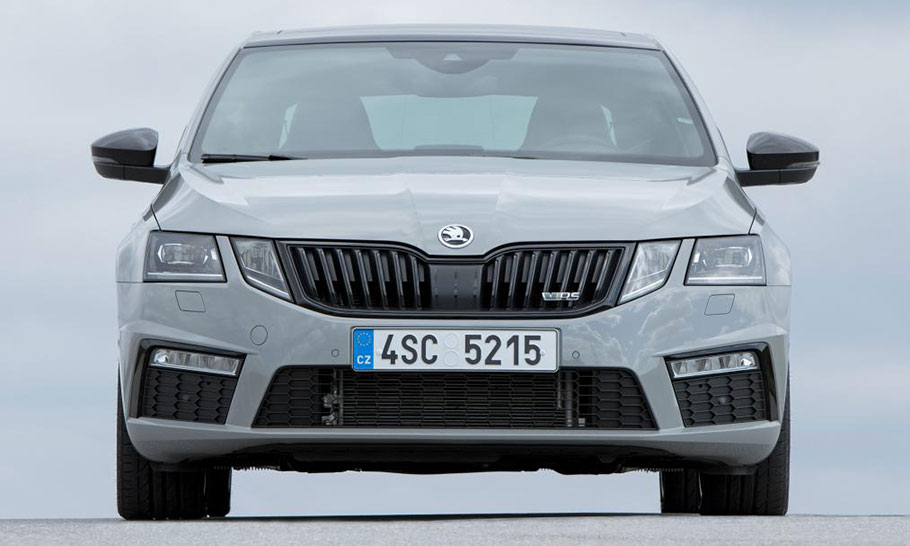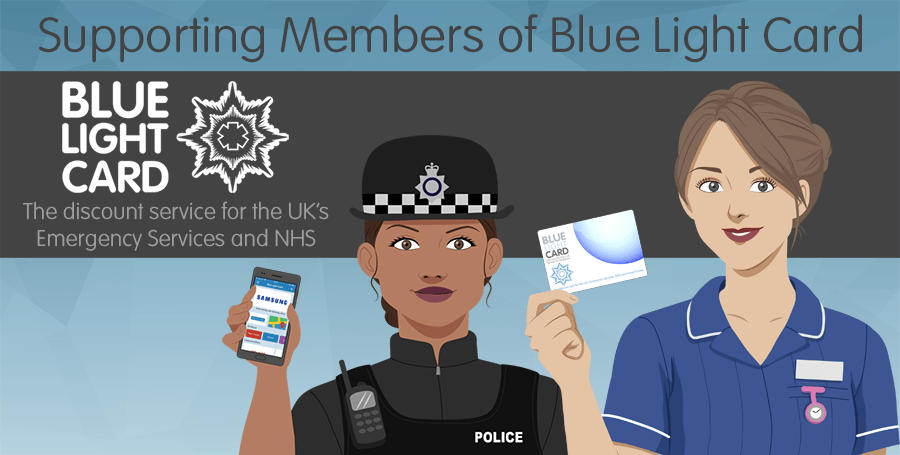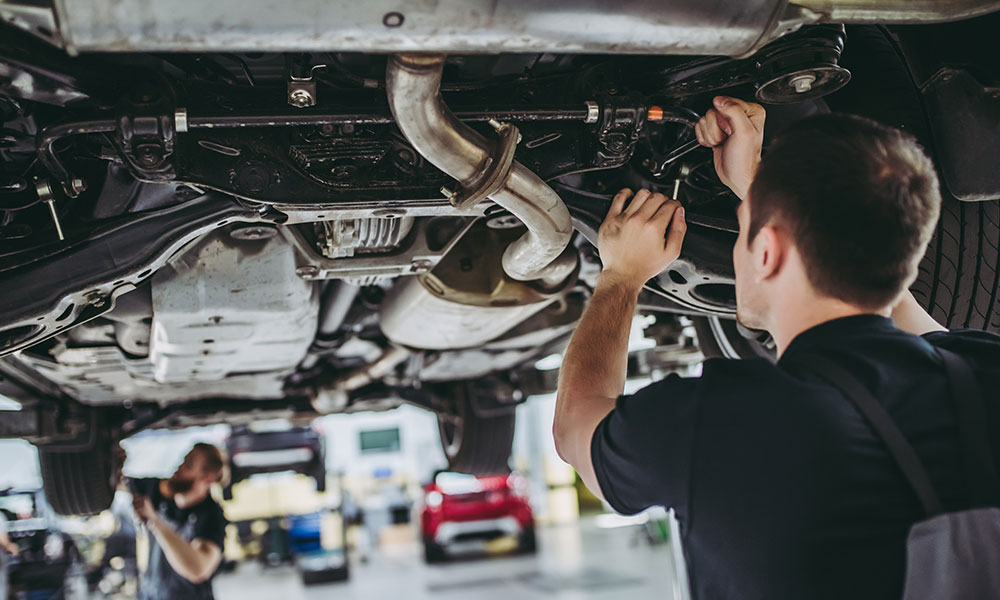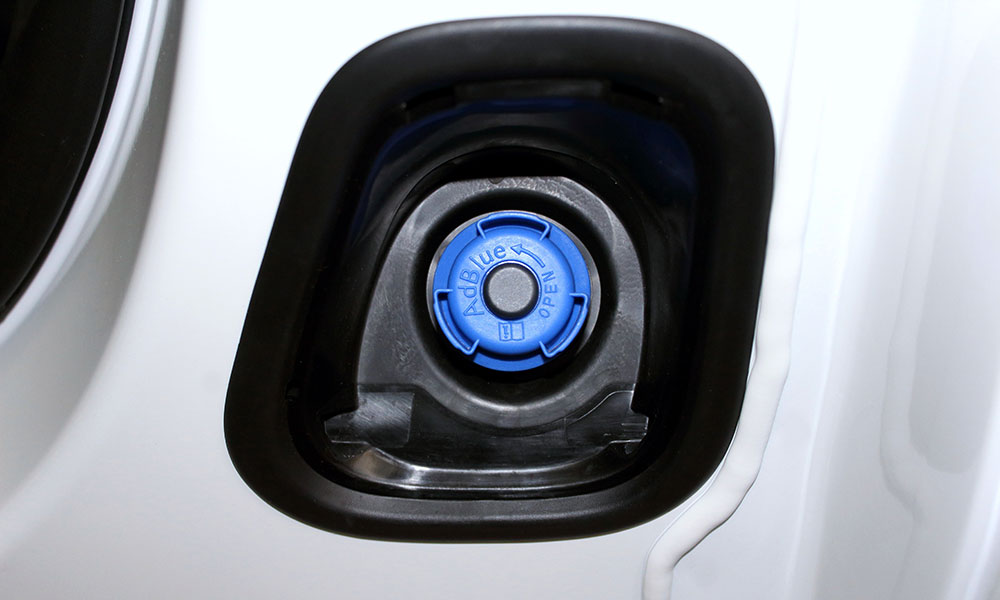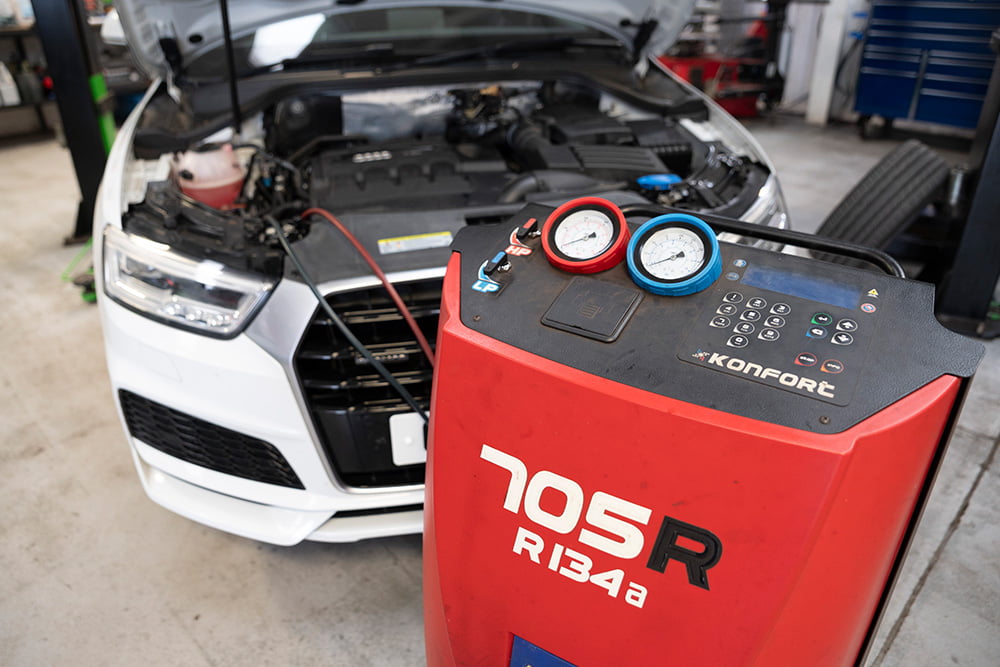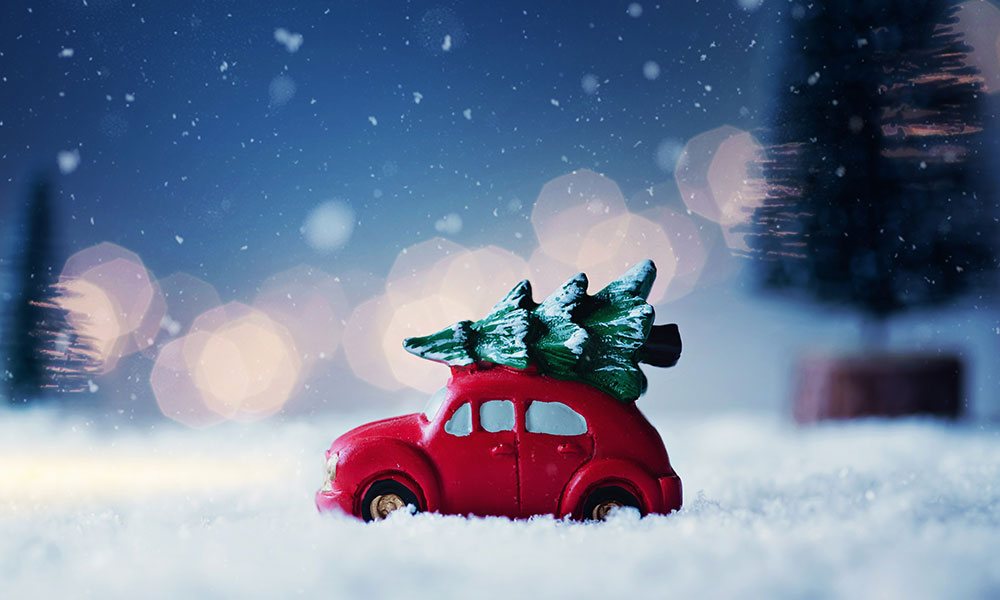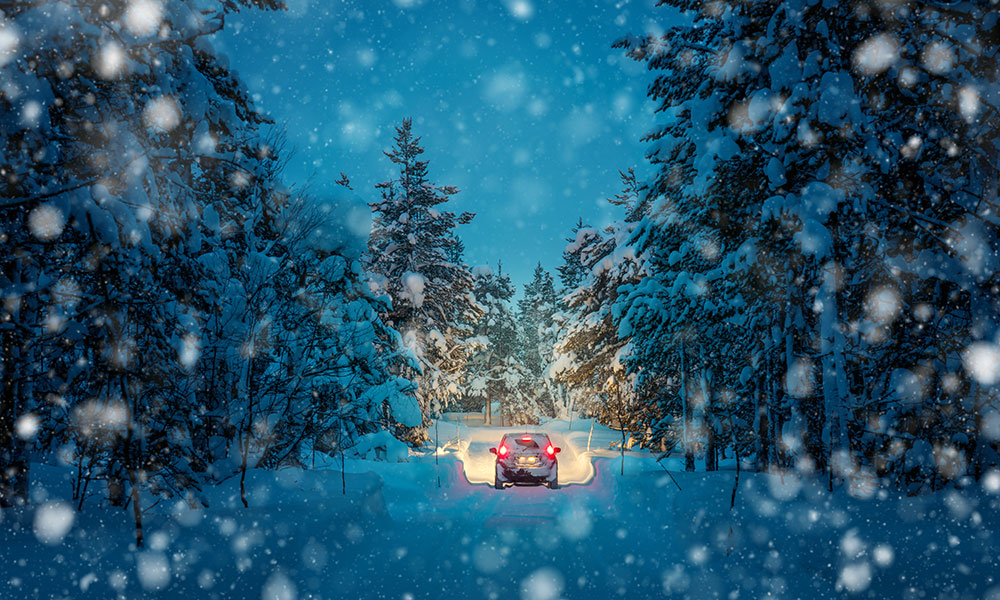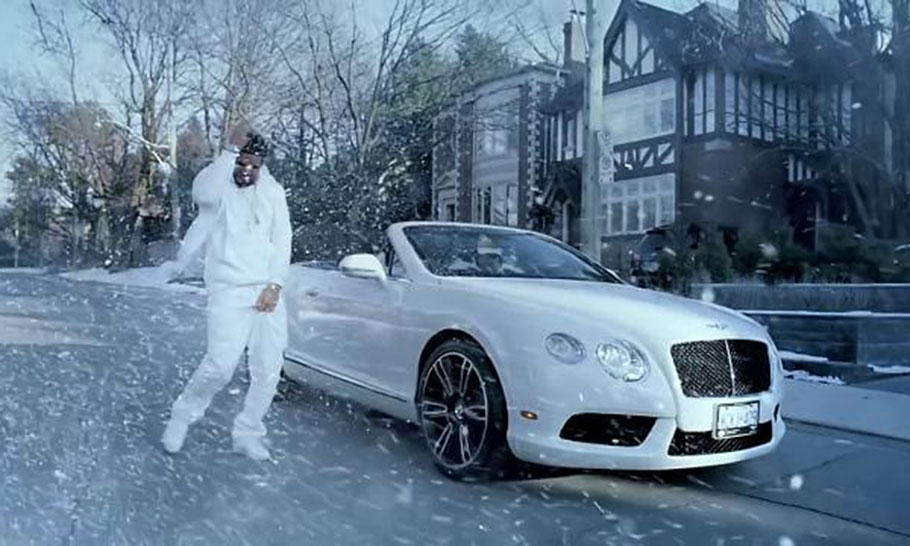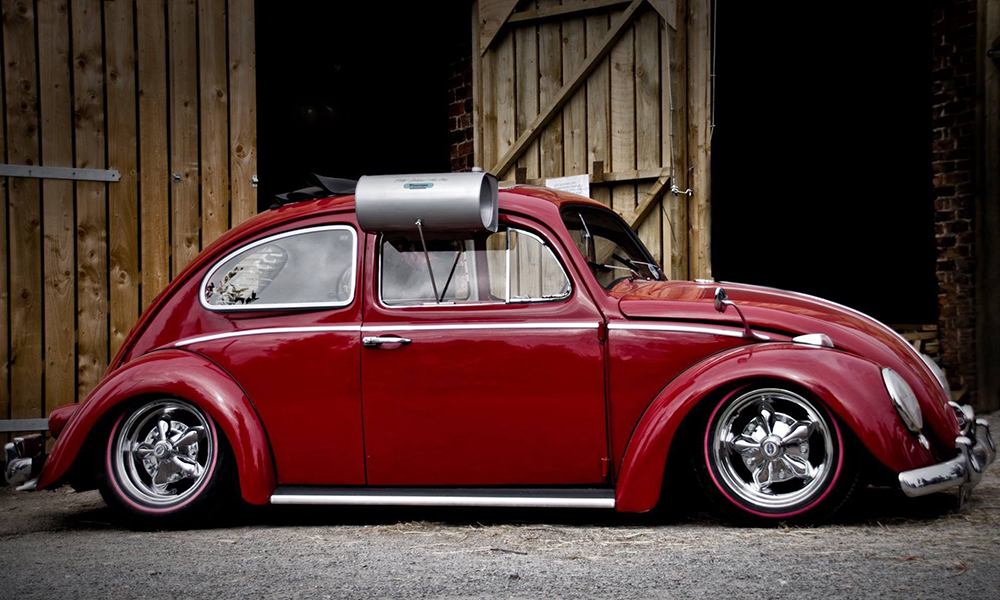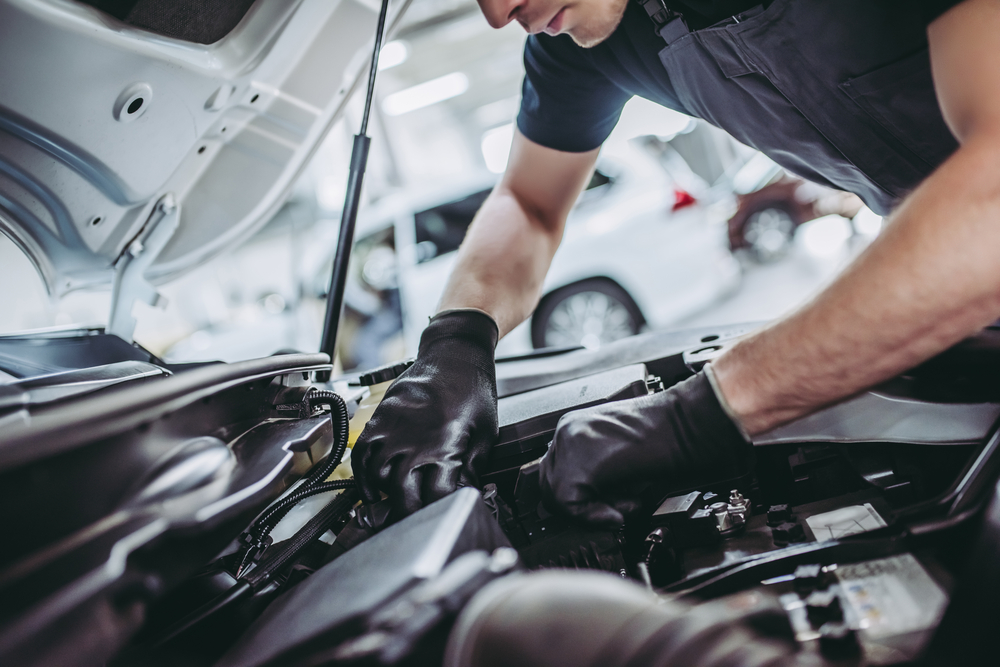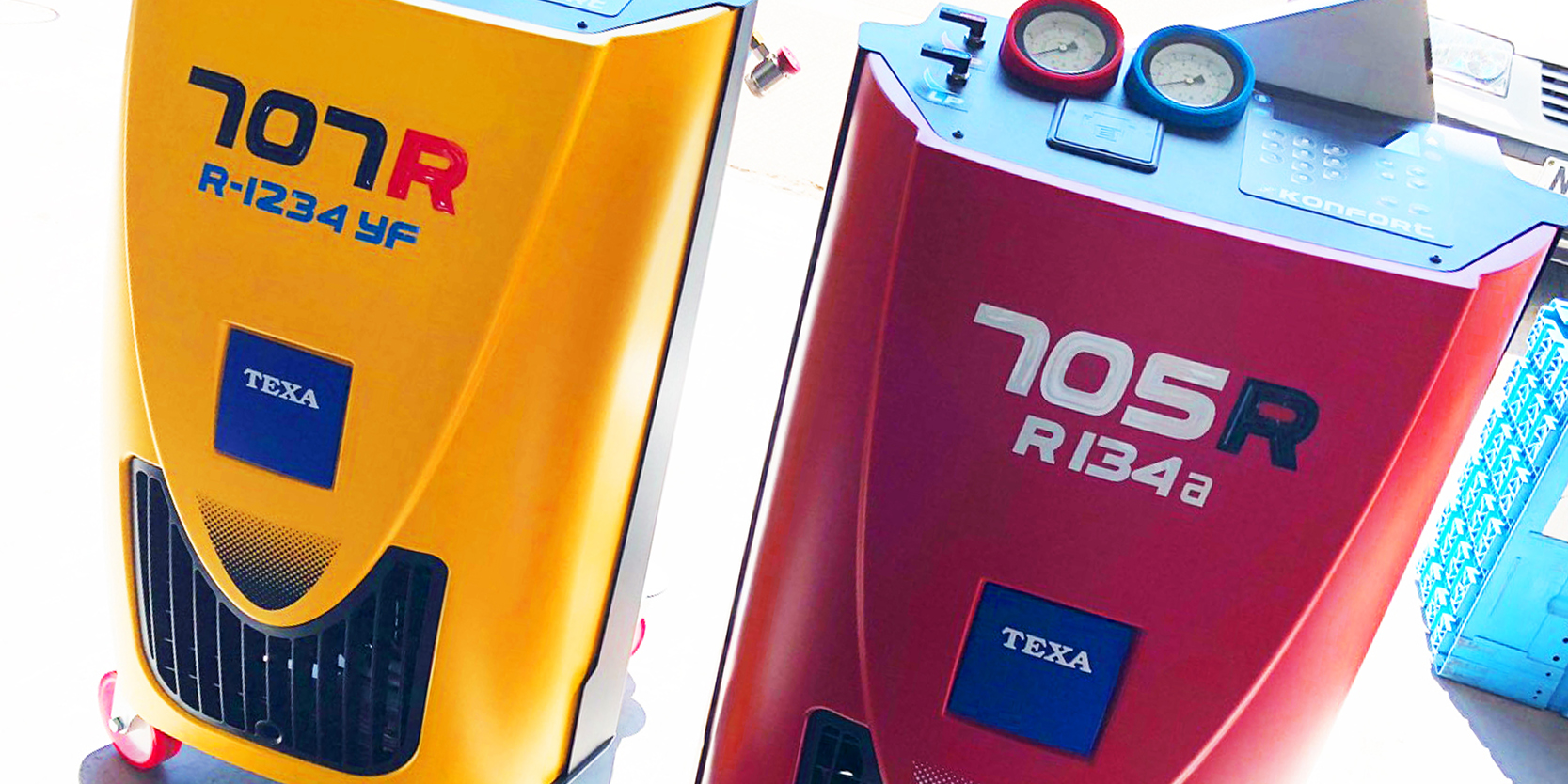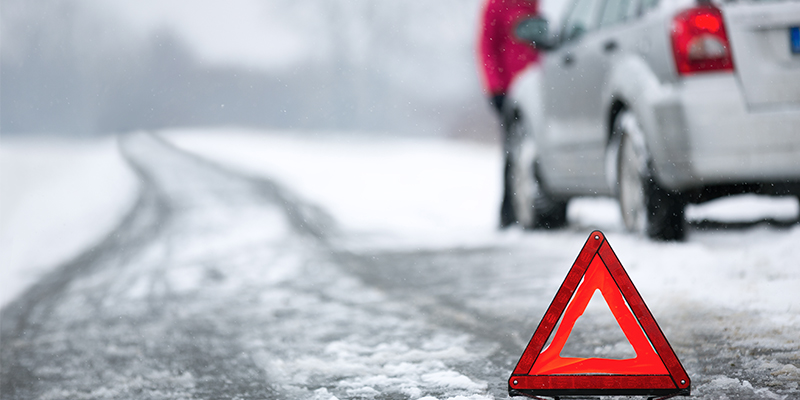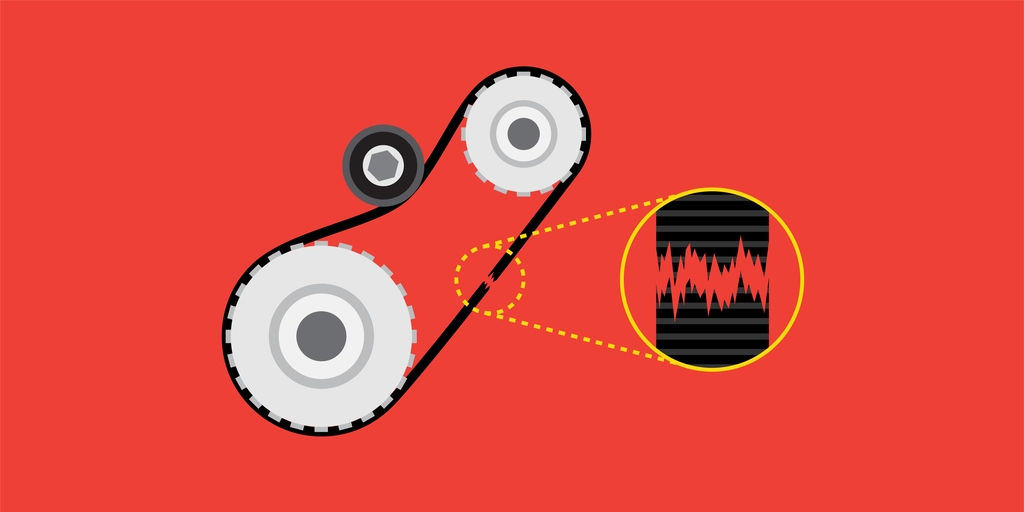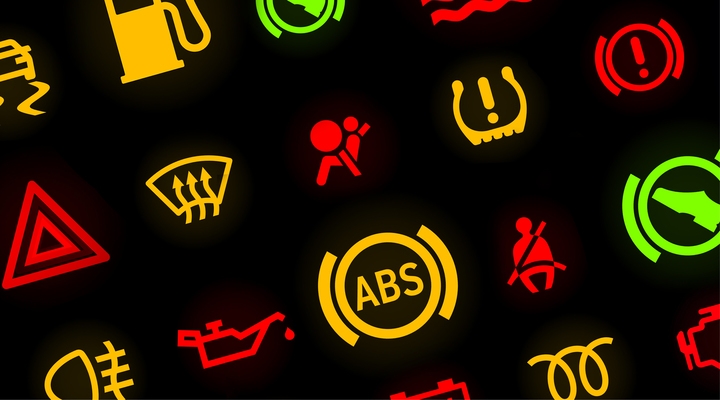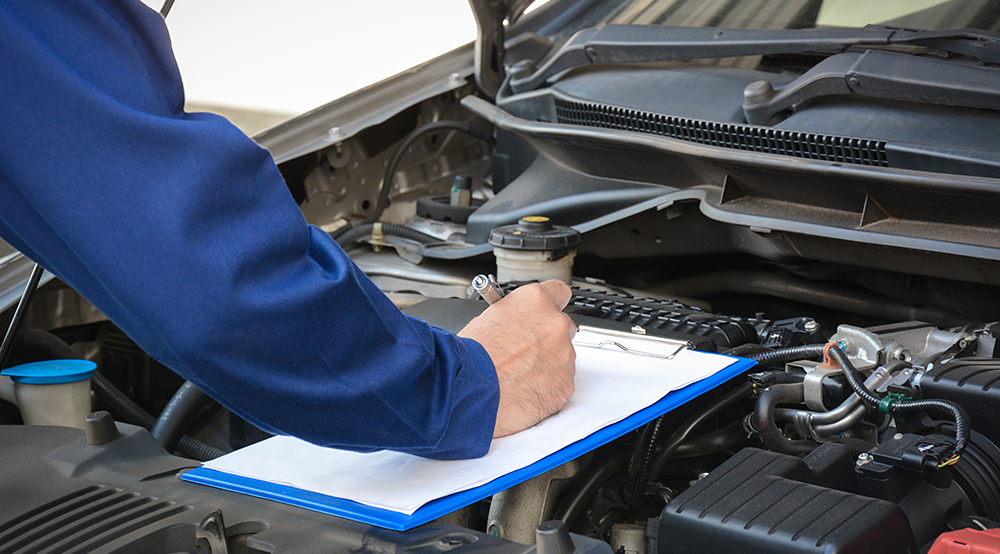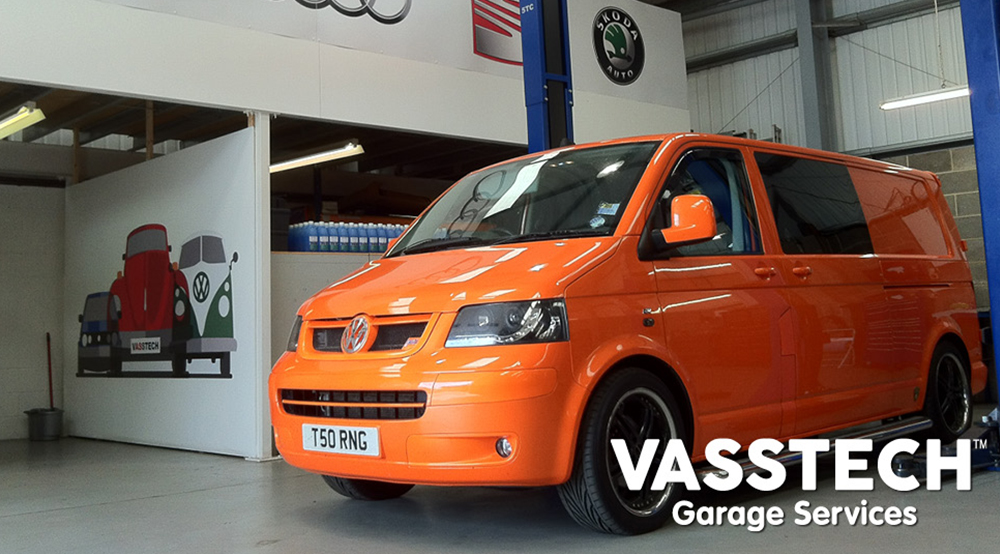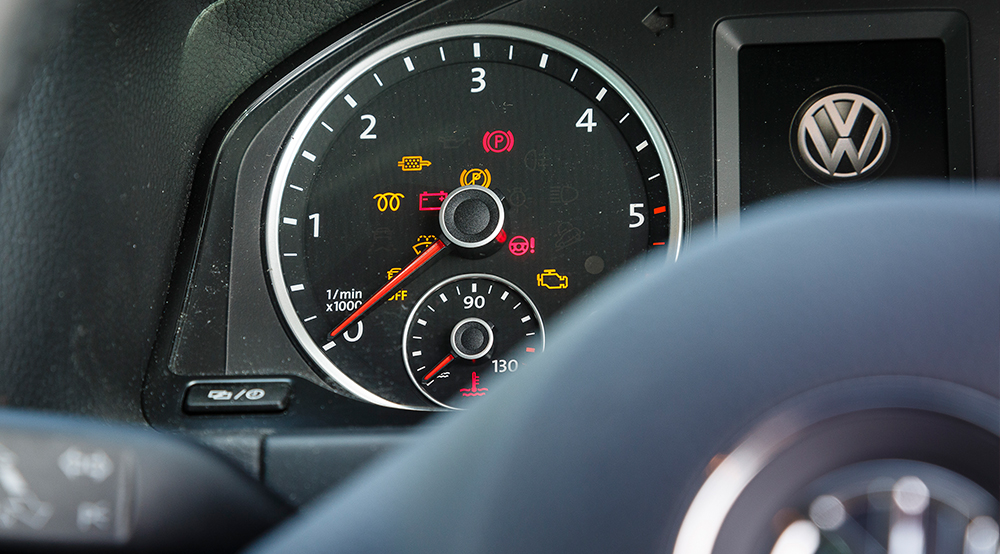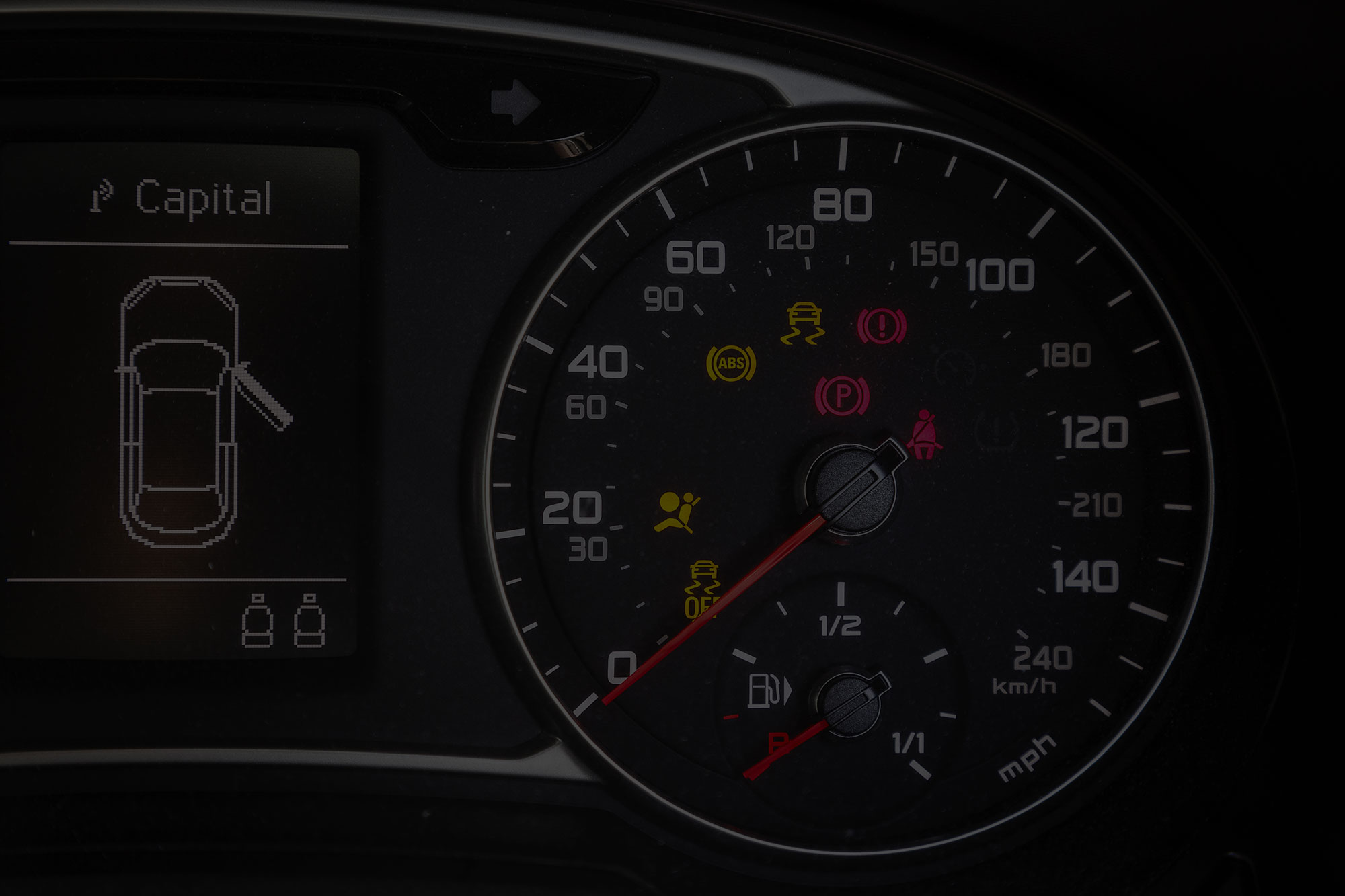Preparing For Winter: Car Checks and Driving Advice
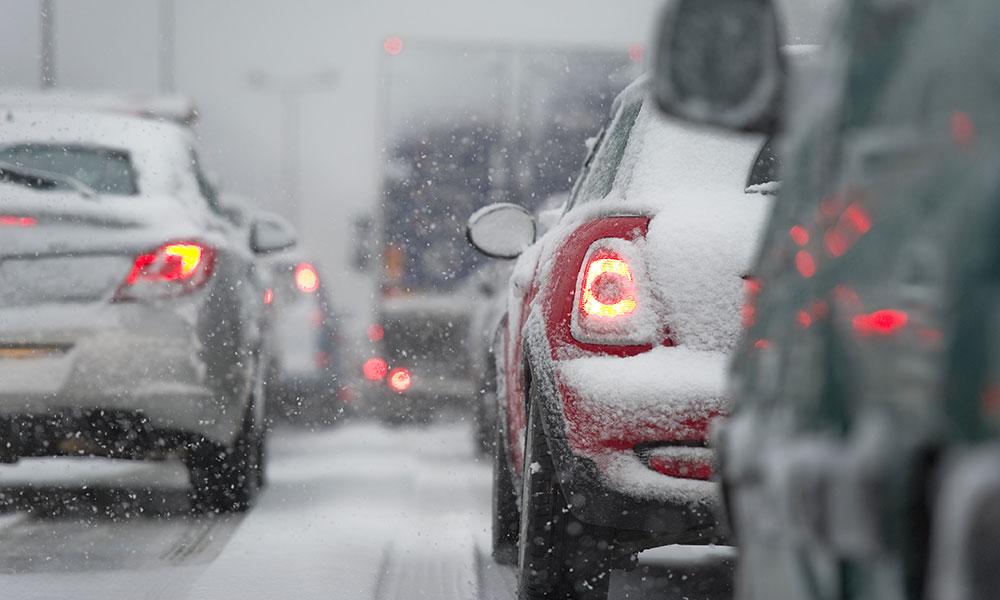
We’re all familiar with the good ol’ British weather: one day we wake up and it’s sunny and bright, and then the next our houses and cars are frosted over or even covered in snow.
And with the change in weather comes a change in how we should drive to stay safe. Though there are various things to watch out for during all seasons, winter can often prove the most dangerous. Throwing rain, wind, snow, ice, sleet, hail and more our way, winter can wreak havoc for motorists. Luckily, we’ve got a few tricks and tips on winter driving up our sleeve.
We’ve got a lot to get through, so let’s get straight into our full guide, including safety tips, winter car checks and a few all-important essentials to keep in your winter car kit.
Staying safe: How to drive in the wet, rainy weather
There’s one thing that can always be guaranteed about the British weather, and that’s rain – and a lot of it. Wet weather is not only just a nuisance, but it can actually pose a lot of risks to drivers.
With that in mind, let’s go through a few winter driving tips for staying safe in the rain:
Rain, rain, go away
Water on the roads is hazardous for various reasons, one of the main ones being reduced tyre grip which increases stopping distances, alongside the increased risk of aquaplaning.
Aquaplaning is when water builds up between the tyre and the road surface – exacerbated by high speeds – causing the tyre to lose direct contact with the road. As a result, steering becomes unresponsive and dangerous. Keeping your speed slow and steady is essential here.
Similarly, when you’re driving on a wet road, it’s important to stay vigilant of all your surroundings, looking out for water spray kicking up from passing cars and lorries and avoiding crashing through huge puddles. Again, these splashes can cause both aquaplaning and reduced grip, and not to mention a disgruntled pedestrian if they fall victim to your splash!
Wet leaves
Probably not the very first thing that comes to mind when thinking of winter driving hazards, but slick, wet leaves can actually prove very dangerous. Surprisingly, it is potentially just as dangerous as driving in snow or on the ice.
Slippery, wet leaves coat the road’s surface (similar to ice) and prevent your tyres from connecting with the road – which leads to slips, skids and potentially harmful collisions.
And to add to the risk, fallen leaves also cover up potholes, which if driven over at high speeds can cause more than just a bump. Again, it’s important to take things steady (which is likely going to be a recurring theme throughout this entire guide!)
According to research, on average, the stopping distance when driving 40mph on a dry road is 80 feet, increases to 160 feet on a wet road, and a wet road covered in leaves is 250 feet.
Visibility
Turning on your lights is crucial to staying safe in the winter, when the mornings are dark and the evening sun is cut short.
Turn on your dipped headlights (even during the day!) to increase visibility in the rain, ensure your wipers are working properly, clean your screen and don’t be tempted to turn on your rear fog lights to not dazzle other drivers.
During your evening commute, the low angle of the sun is likely to hit directly in your eyeline, made worse in the rain when the sun rays bounce from the road and create glare.
A handy top tip is to always keep a pair of sunglasses in your car to shade your eyes from the sun – sunglasses aren’t just restricted to the summertime.
Staying safe: How to drive in snow and ice
Though your children might be incredibly excited at the first sign of snow, the feeling is rarely mutual for those that need to hop in the car.
Snow, ice, hail and sleet can be a daunting prospect for any driver, and the ideal scenario would be to just avoid hitting the roads full stop until it’s all cleared up.
Limiting visibility and making your vehicle incredibly hard to handle, with almost 45,000 accidents reported in the UK between 2016-2020, wintry weather not only makes driving difficult, but it also incredibly unsafe.
Though our main tip is to avoid the roads, we know it’s sometimes unavoidable. So, here’s a few of our top tips for driving in the snow this winter:
Before you set off
Before you even pull out of the driveway, there are a few essential winter car checks and considerations to make to keep yourself and your passengers safe:
- Bad weather increases the likelihood of accidents, congestion and closures, so it’s good to make sure you’re topped up on fuel to ensure you don’t get stuck in a jam.
- Plan your route around main roads – these are likely to have been gritted and so are less risky.
- Leave the house with plenty of time to spare, allowing you to thoroughly clear your windscreen and drive slow and steady.
- Properly clean your roof, windows and windscreen of snow and leaves, don’t drive off with just a tiny clear patch of your windscreen to peer through. As said above, never leave the house in a rush.
- Don’t leave your wipers on when you park up in case your blades freeze over – this could cause severe damage to both the blades and wiper motor when you start up your car.
- And of course, we’d always recommend asking yourself…”Do I really need to go out today?”
Slippin’ and slidin’
Similar to driving in the heavy rain, it’s essential to slow down and keep your distance from other vehicles when it’s frosty out.
Though it might seem obvious (and the only option) to drive slowly when it’s snowing, it can be a little trickier when it comes to ice. A clear, dry expanse of road may look totally safe, but it could be hiding a real dangerous hazard: black ice.
Black ice occurs when the water has totally frozen to the surface of the road, making it difficult (almost impossible) to distinguish. Around 1 in 10 drivers in the UK suffered from a collision in the roads due to black ice. That’s why driving slowly and carefully is absolutely imperative when it’s cold out.
The stopping distance in snow and ice can be up to 10 times higher than in normal weather conditions, so it’s important to stay well away from other cars. Essentially, tailgating is asking for trouble.
It can be incredibly scary if you feel yourself losing control of your car, but it’s important to remember to try and stay calm. Though it might feel unnatural, it’s key to steer into the skid rather than away, to try and regain control.
Get things into gear
When driving in the snow, it’s best to try and stay in as high a gear as possible, keeping your revs as low as possible. This is the best way to keep things under control and stop your wheels spinning on the icy surfaces. Another top tip is to set off and pull away steadily in second gear, helping prevent wheelspin.
Similarly, drive in a higher gear when approaching an uphill slope, avoiding changing gears as much as possible while maintaining a steady speed and keeping your distance from other cars. On the other hand, when driving downhill, drive slowly, avoid sharp braking and use a lower gear.
Though it can happen totally unexpectedly, it’s always a good idea to keep your car in a higher gear on the icy roads while moving as slowly as possible. This applies to pulling away too, which is best done in second gear rather than first.
Drive slowly, brake with plenty of time and stay well away from other cars. Essentially, keep the mindset of “Smoothly does it”.
Stuck in the snow
When you’re driving in freezing conditions, there’s always the possibility that you might find your car stuck and snowed under. However, there are a few things you can do to try and get yourself out of the rut and back to your cosy, warm house:
- Straighten your steering; moving your wheels left to right will only bury you deeper.
- Clear snow from the exhaust pipe and from around the wheels (this is where a shovel comes in handy in your winter car kit!)
- Ideally, you’ll need an extra pair of hands. If someone is available to help you rock the car back and forth while you pull away, you may just get yourself out of a rut.
- If you have no luck, you’ll have to call for roadside assistance to help out, so make sure you have your cover details to hand.
Winter car checks: How to prepare a car for winter
Keeping yourself safe in the winter is not something to disregard – a few moments’ of inspection and maintenance could save you not just a few pennies in the long run, but potentially your safety too.
All it takes is a few winter vehicle checks and equipping yourself with the right kit. Essentially, you want to make sure your car is ready for the worst the British winter could throw at you.
Winter car service
The cold weather can cause a whole host of problems when it comes to your pride and joy, but a little TLC can go a long way. Servicing your car throughout the year is an important step to maintaining your vehicle, but it’s also a great idea to get professional winter car checks to prevent breakdowns, hazards and costly repairs later down the line.
A winter service would typically involve looking at the tyres, battery, coolant levels, wipers, lights and oil levels – all of which we include as a part of the standard Vasstech service.
Though we’re a specialist Volkswagen, Audi, Seat and Skoda garage, we offer the same standards of a VW winter health check for every car that passes through our doors, so you can trust us to make sure your car is safe, secure and ready to hit the winter roads.
Check the battery
Chilly temperatures can be a catalyst for car battery troubles, as the vehicle requires more power to start in the cold, and the increased use of heaters, blowers and lights puts severe strain on battery health.
Typically, a battery has a lifespan of around 3-5 years, so if you think yours is on its way out, it’s good to check it over (and possibly even replace it) before you find yourself stuck in the freezing cold with a car that won’t start.
Top up coolant and antifreeze
Topping up your coolant and antifreeze levels are essential when temperatures plummet, reducing the freezing point to prevent cracks.
Check your tyres
Although it’s crucial to keep your tyres in tiptop shape all year round, it’s especially important in the winter. Check there’s no cracks or bulges, alongside ensuring the tread of your tyres is above the legal requirement of 1.6mm, ideally much closer to 3mm to tackle the cold climate.
Winter tyres aren’t absolutely necessary in the UK, as we don’t see that much snow compared to other countries. However, they are still worth the time and investment, potentially much more effective than four-wheel drive systems due to their improved grip on the roads and better performance on cold tarmac.
Wipers, windscreen and lights
Before you drive off, will you actually be able to see where you’re going? Make sure your wipers are working and they’re effectively cleaning your screen, clear your screen of frost, snow, leaves and other debris, as well as ensuring your screenwash is topped up. And when it comes to your lights, check for blown bulbs and cracked lenses.
Winter car kit: Junk for your trunk
It’s always good to be prepared for whatever the day can throw at you, and though being stuck in the freezing cold is nobody’s idea of fun, it’ll be significantly better if you’re stocked up and well prepared.
Here’s some of the key things we think you should always keep in your car in the winter:
- Shovel
- Torch
- Spare batteries
- Blanket
- Hi-vis
- Screenwash
- Scraper and de-icer
- Phone charger
- First aid kit
- Bottled water
- Non-perishable food such as cereal bars
Preparing for the winter is ‘snow’ joke!
Getting your wheels ready for winter is critical, not only for keeping you and your vehicle safe, but other people safe too.
So, take the time to pack your emergency essentials, give your car the once over with a few winter car checks and maybe even pop down to your local Vasstech branch.
Whether it’s for a full winter car service, the odd maintenance job here and there, or even just a little bit of friendly, honest advice – we love to help out. Get in touch today!


